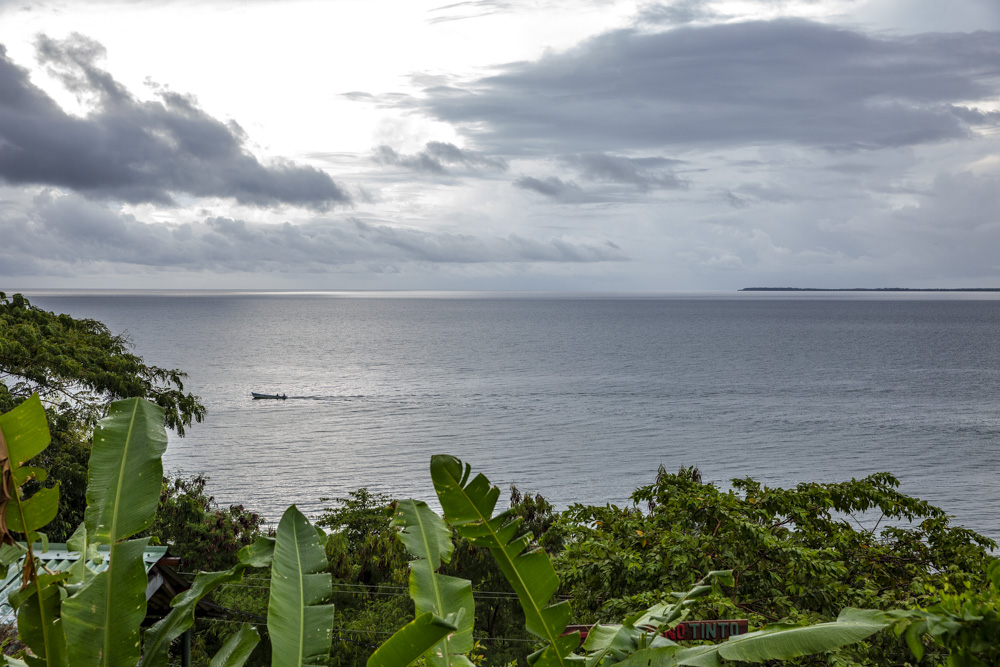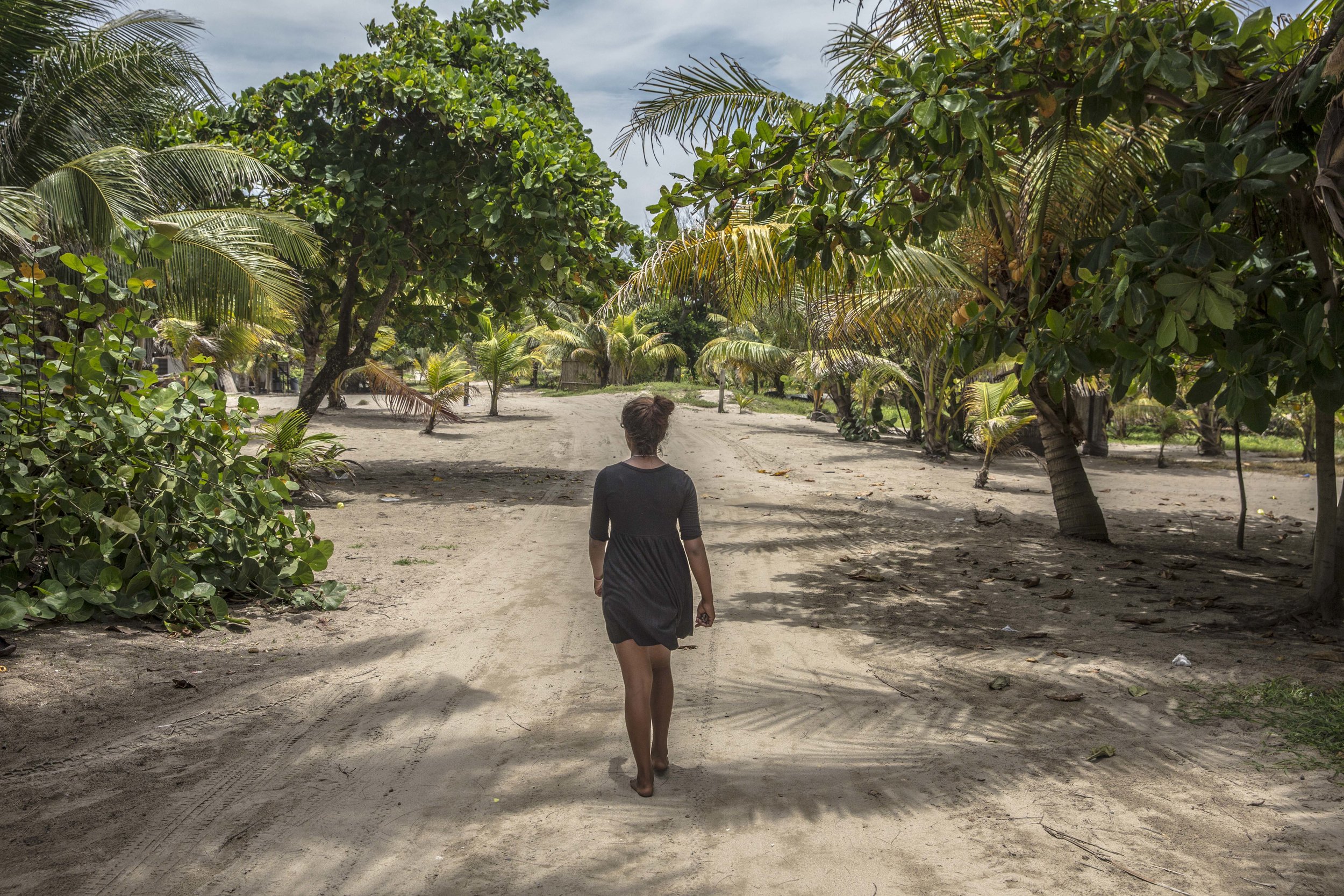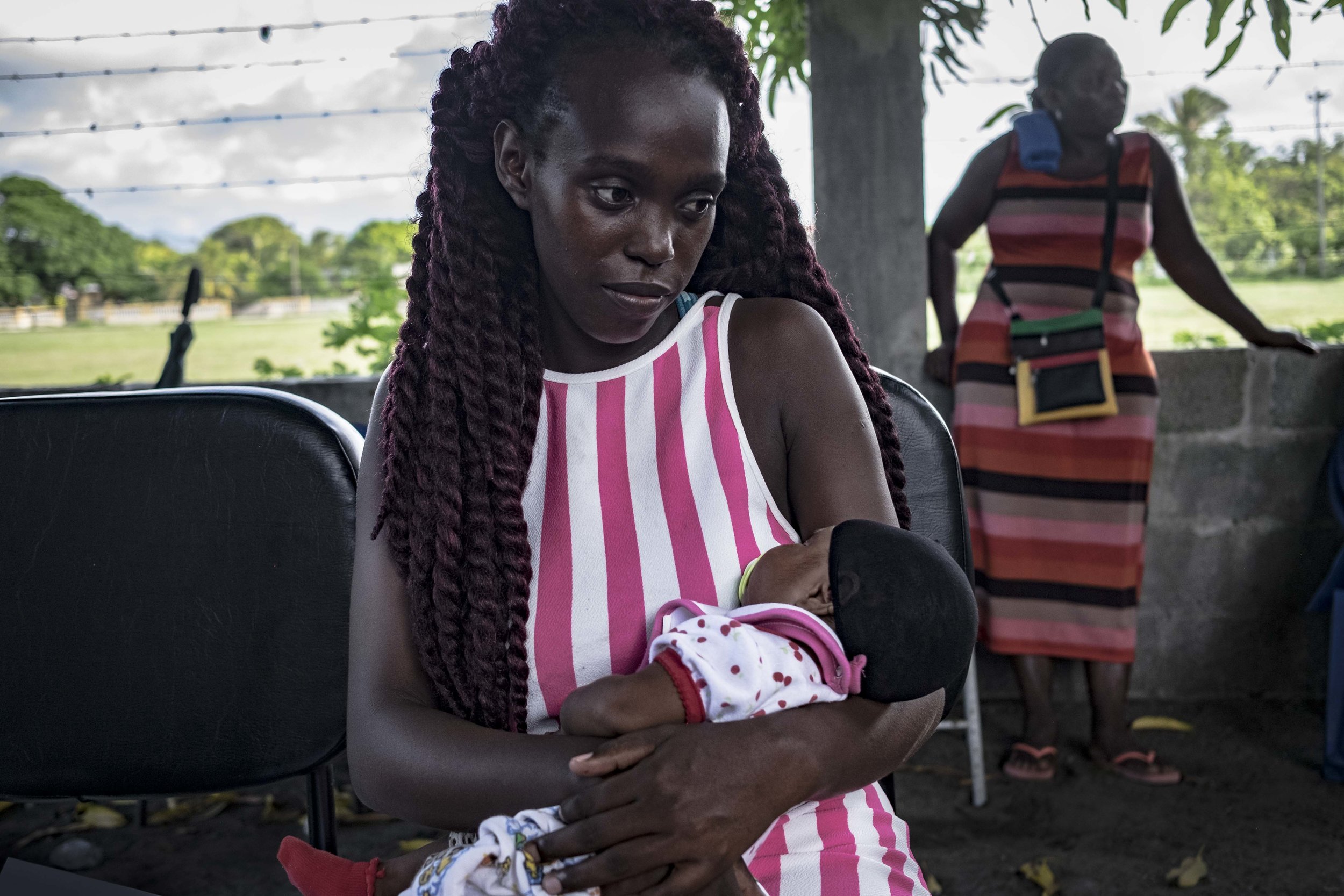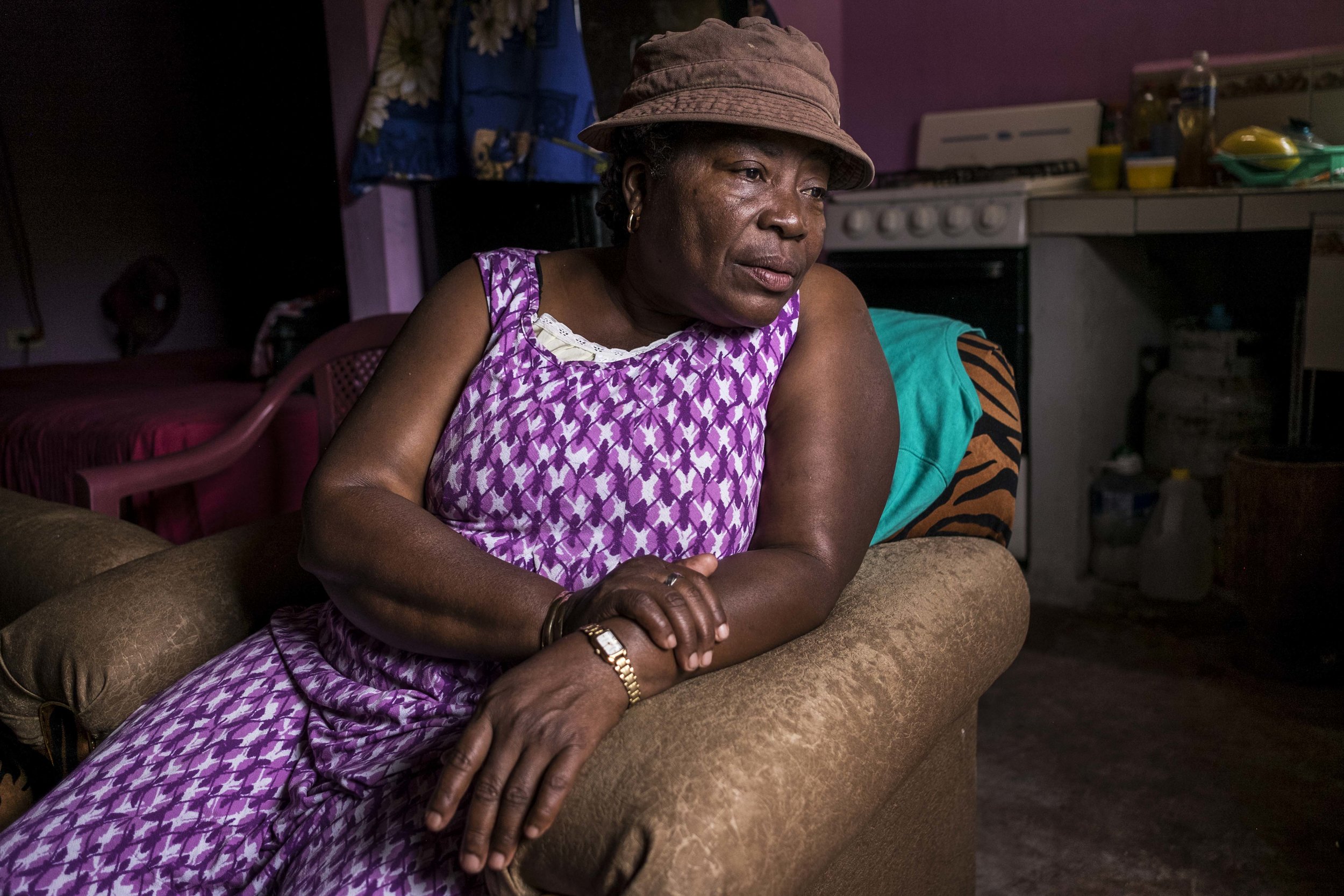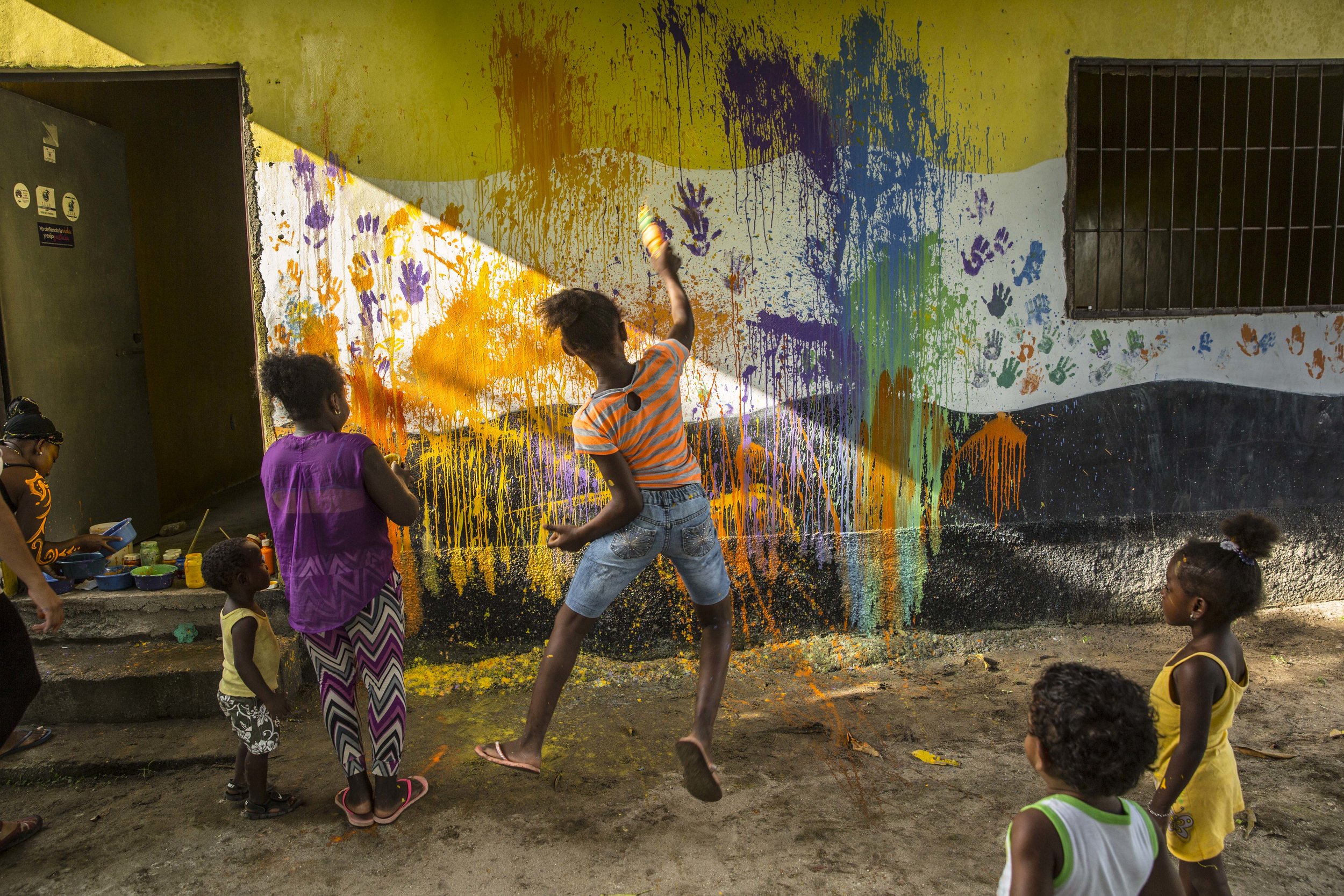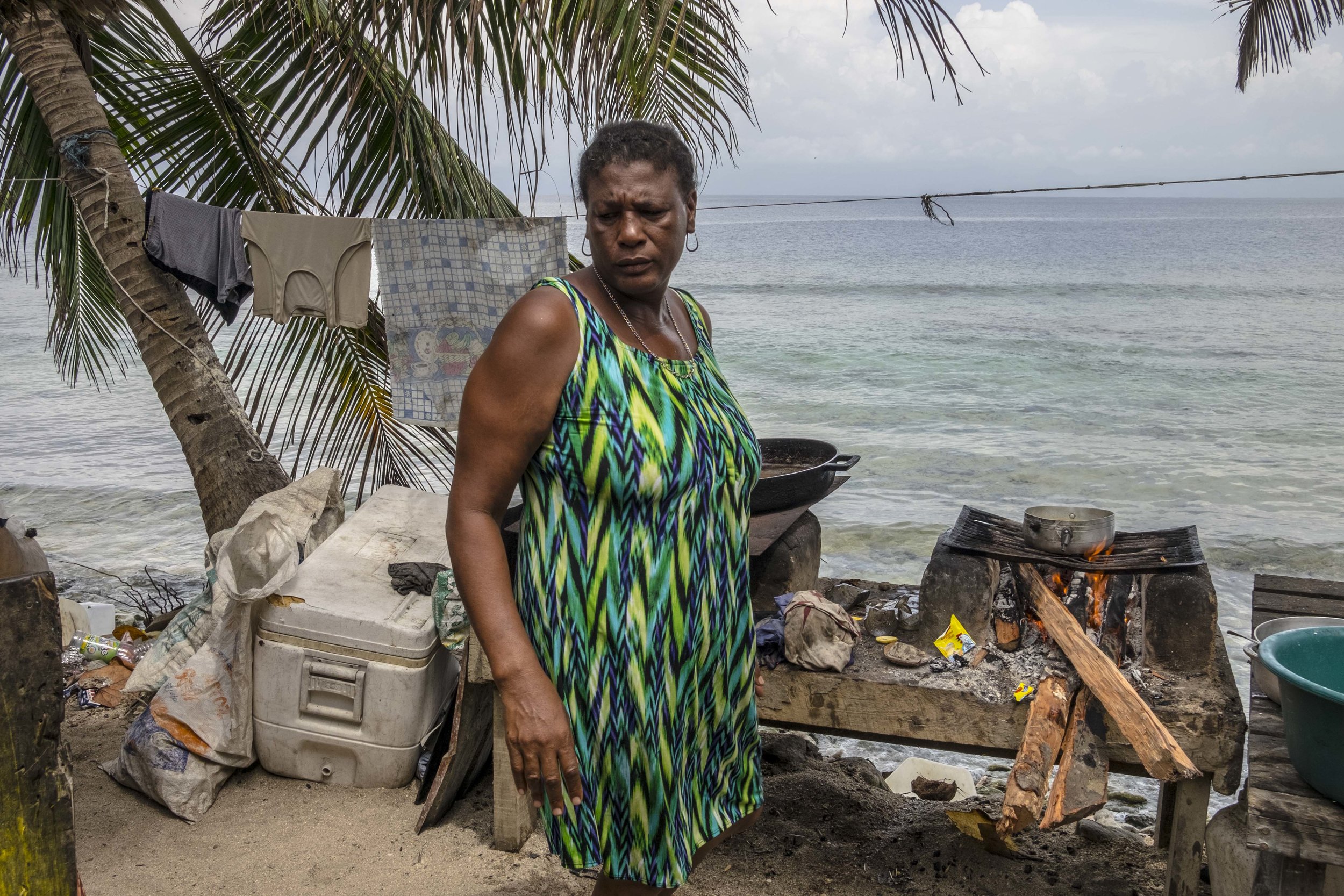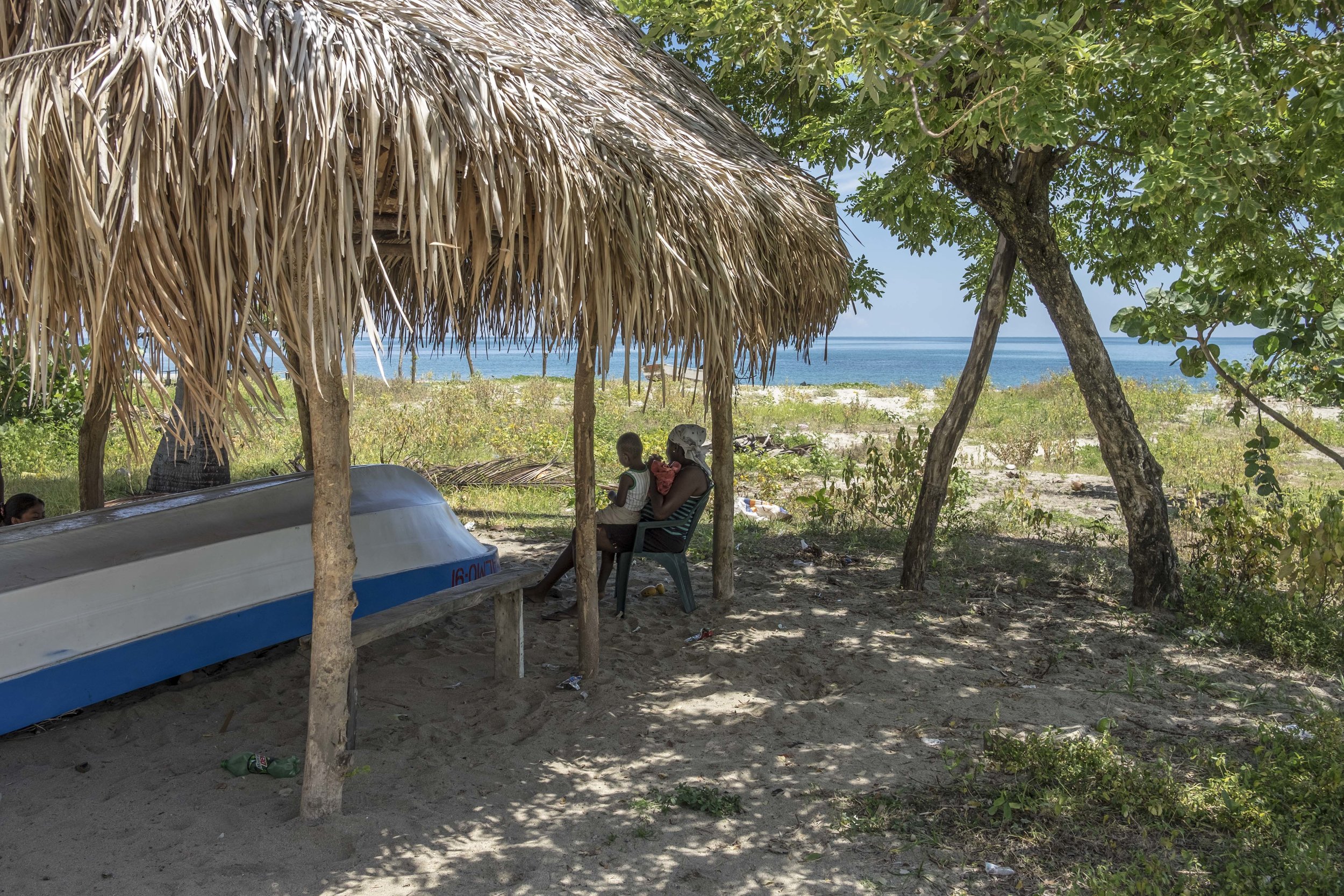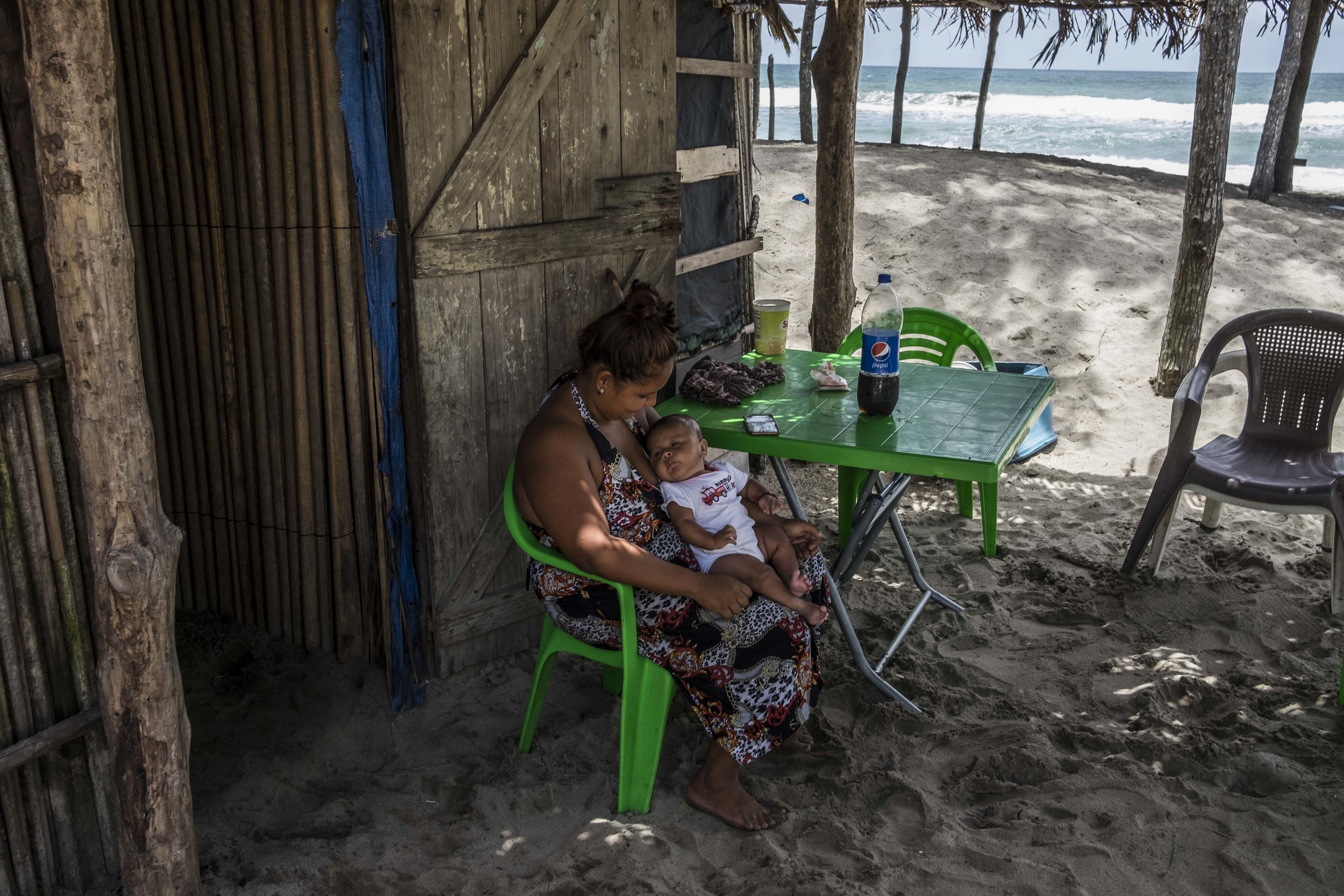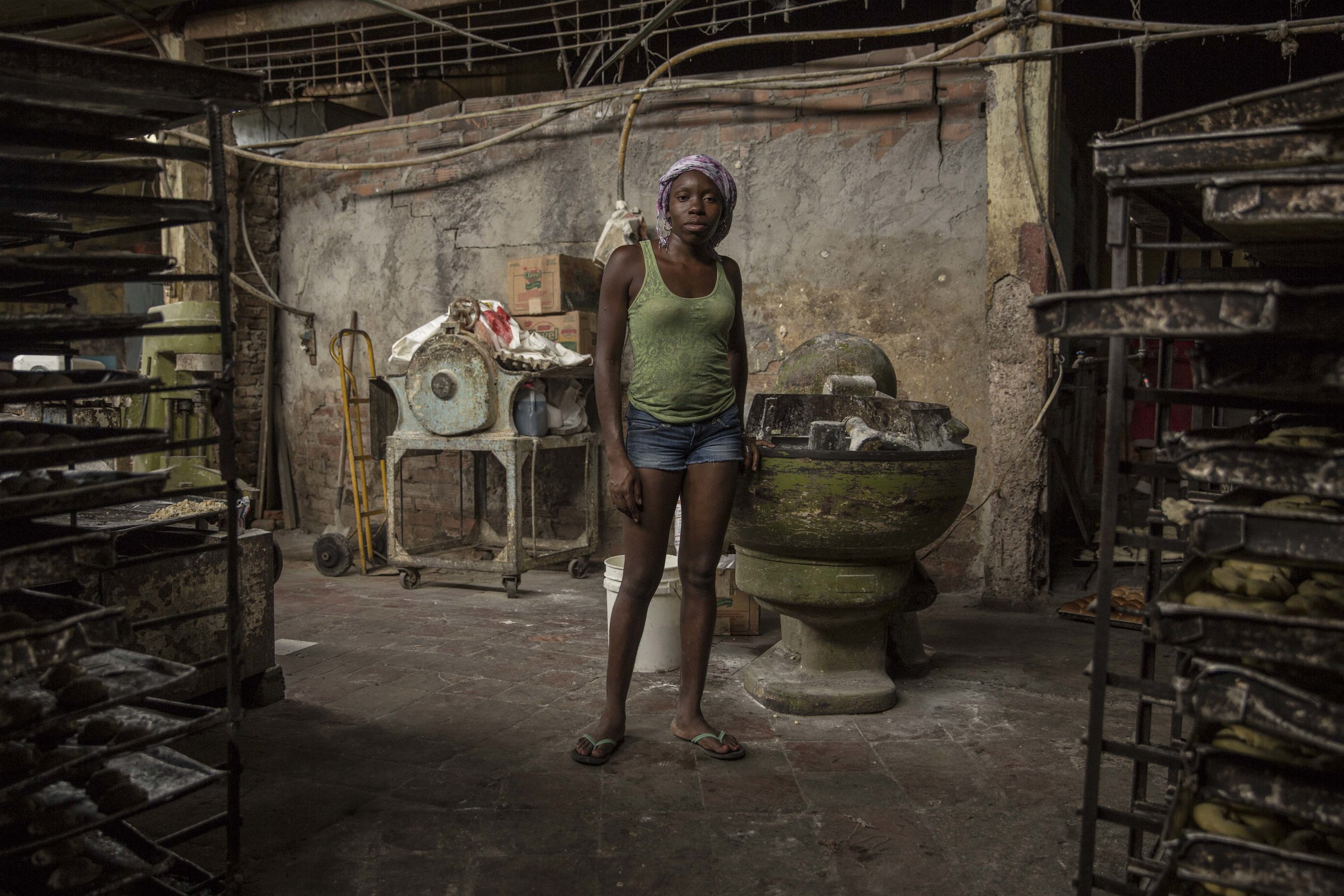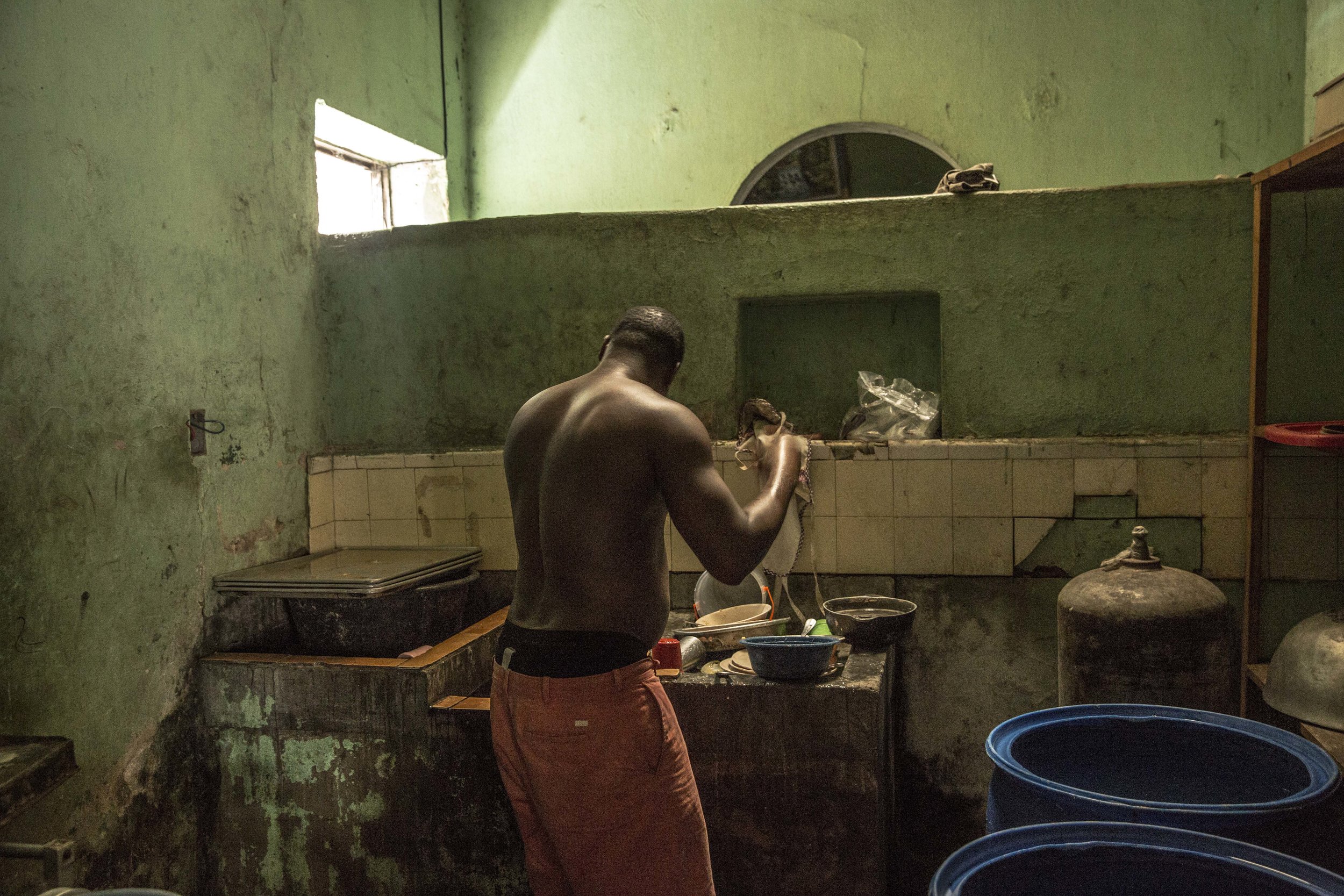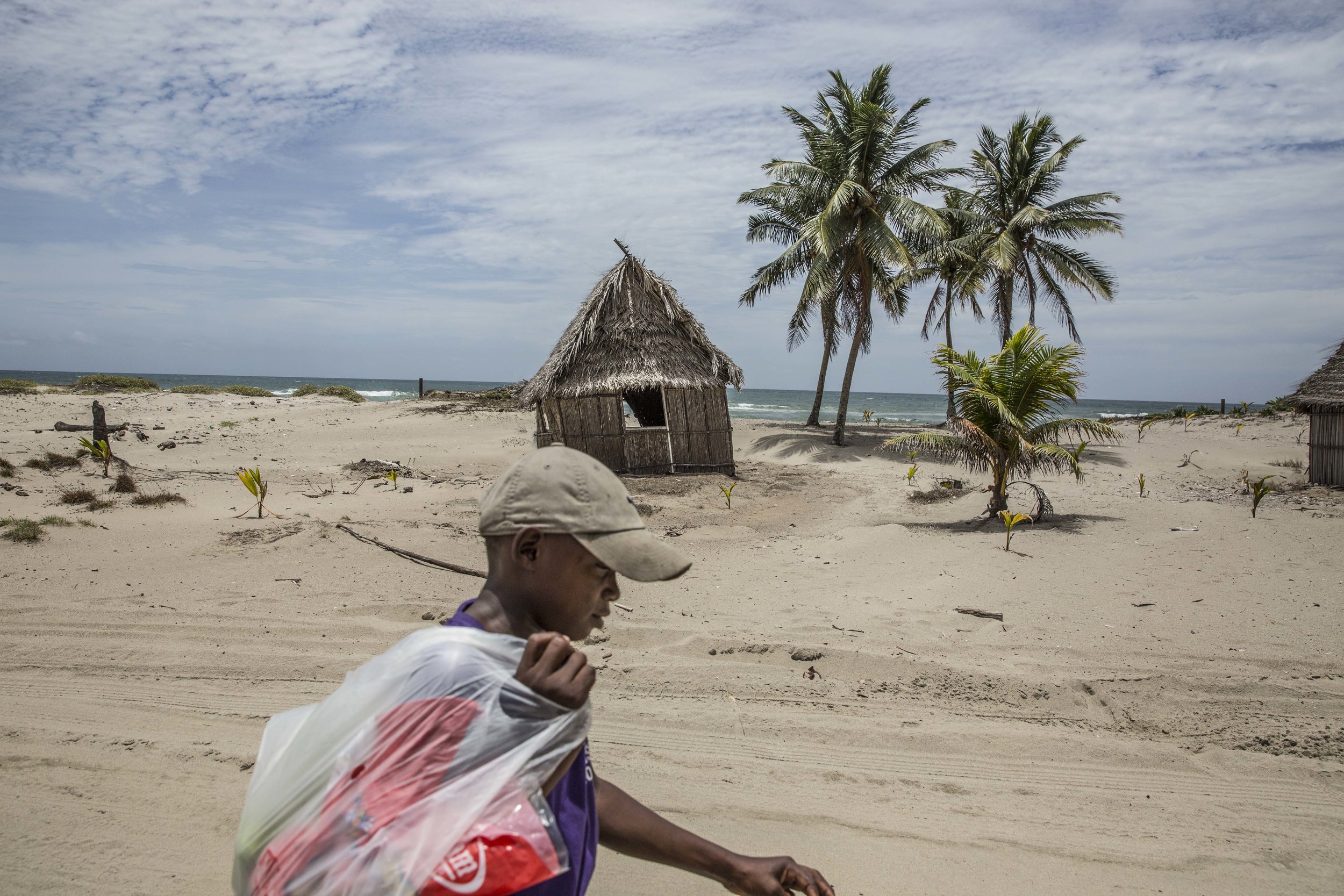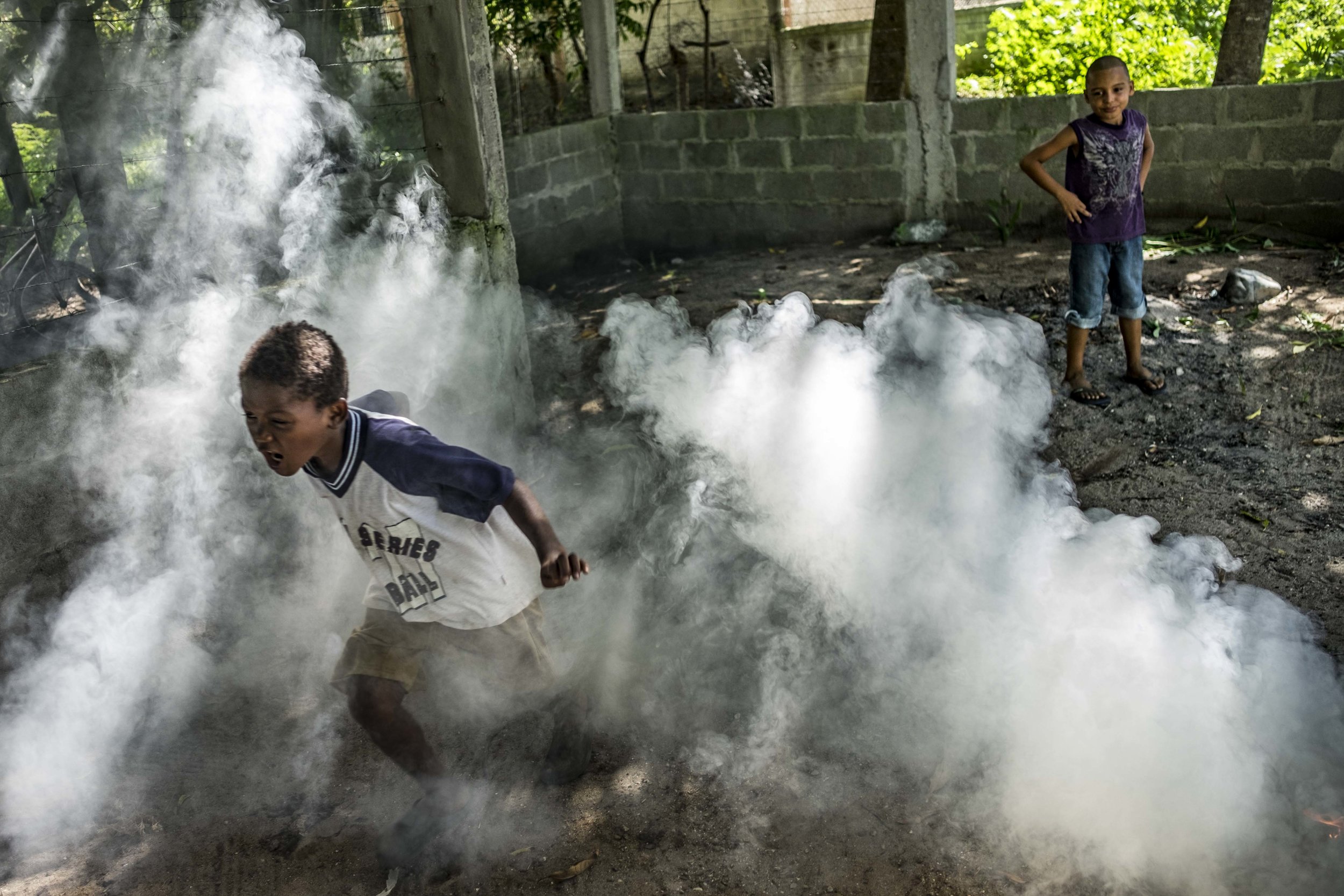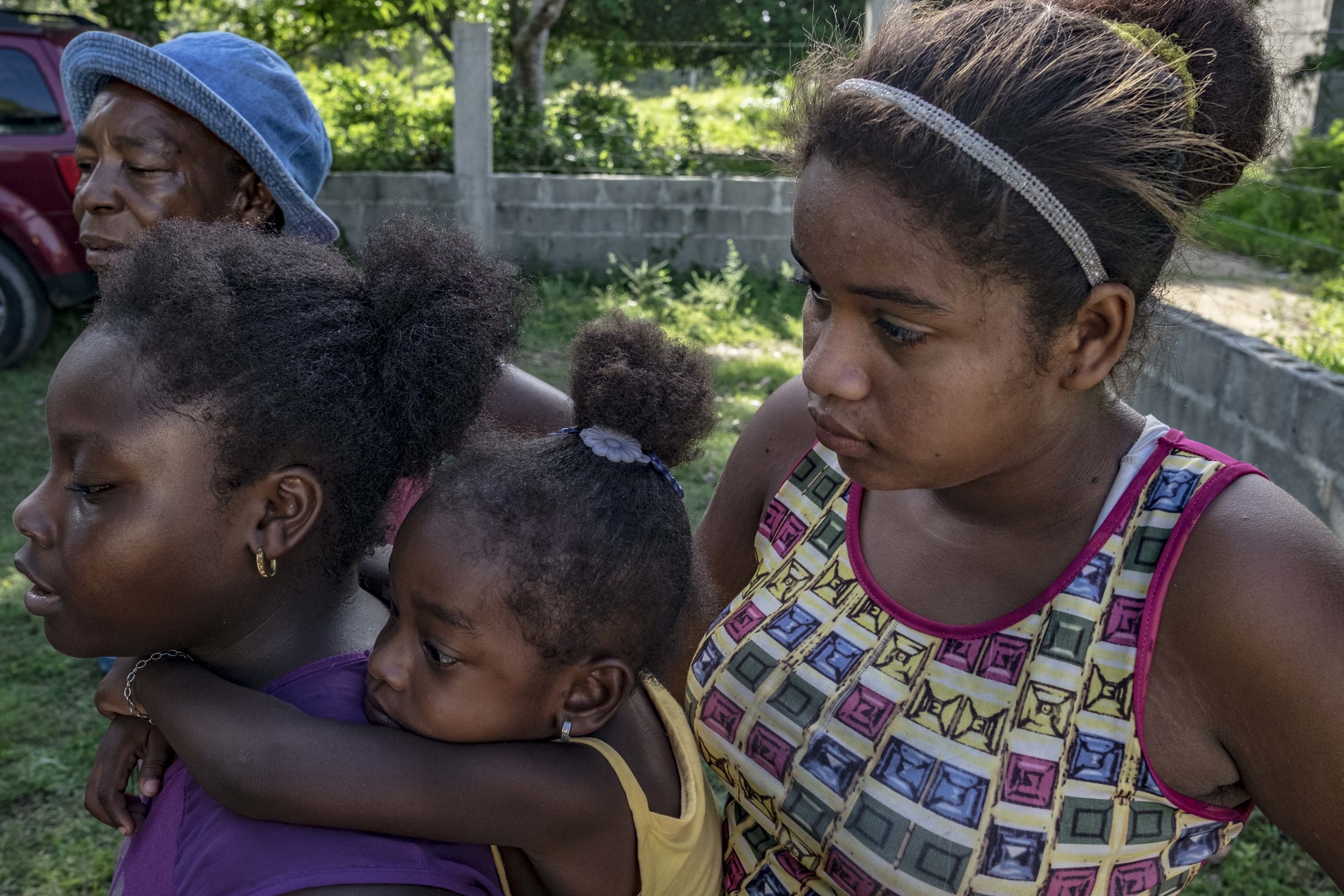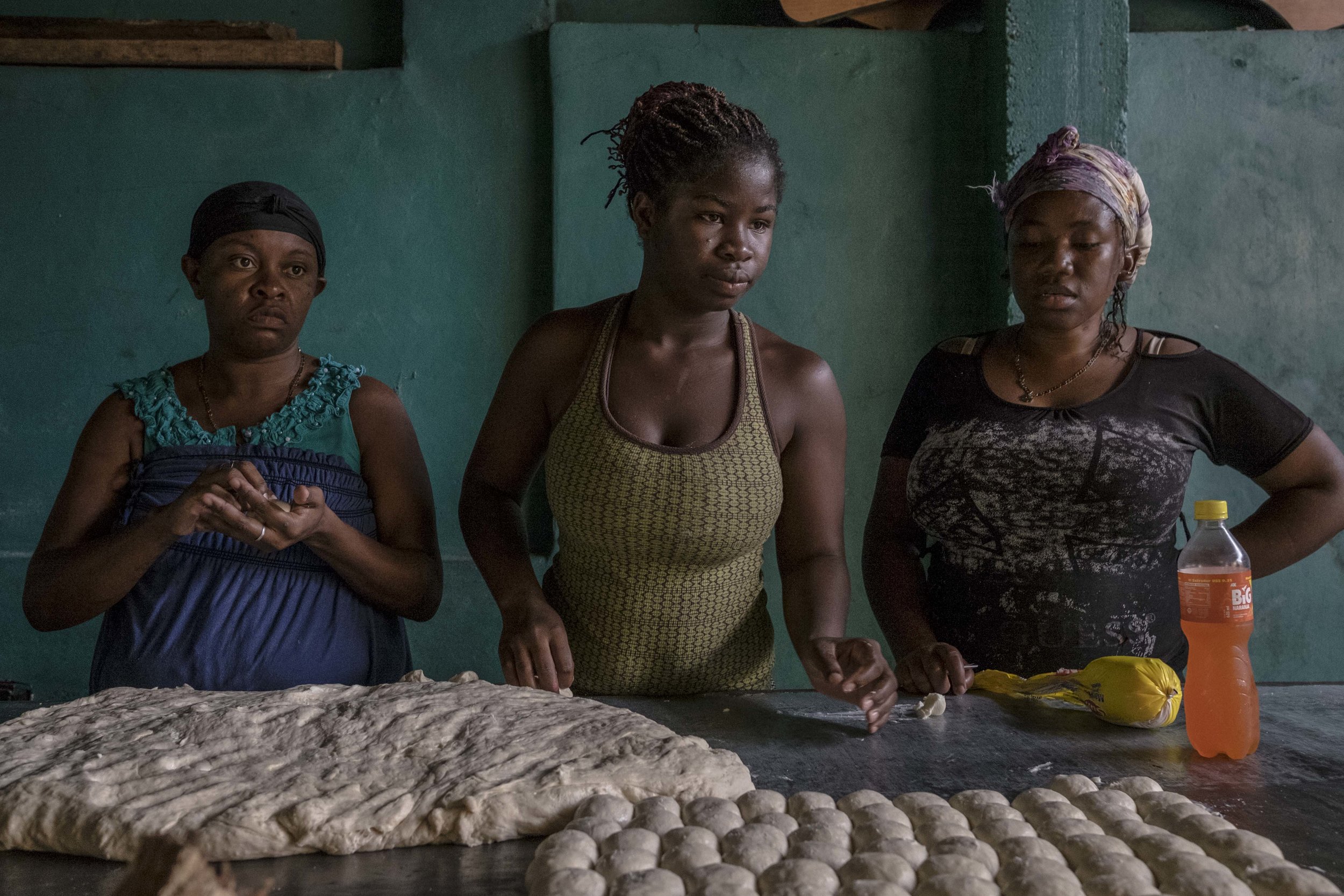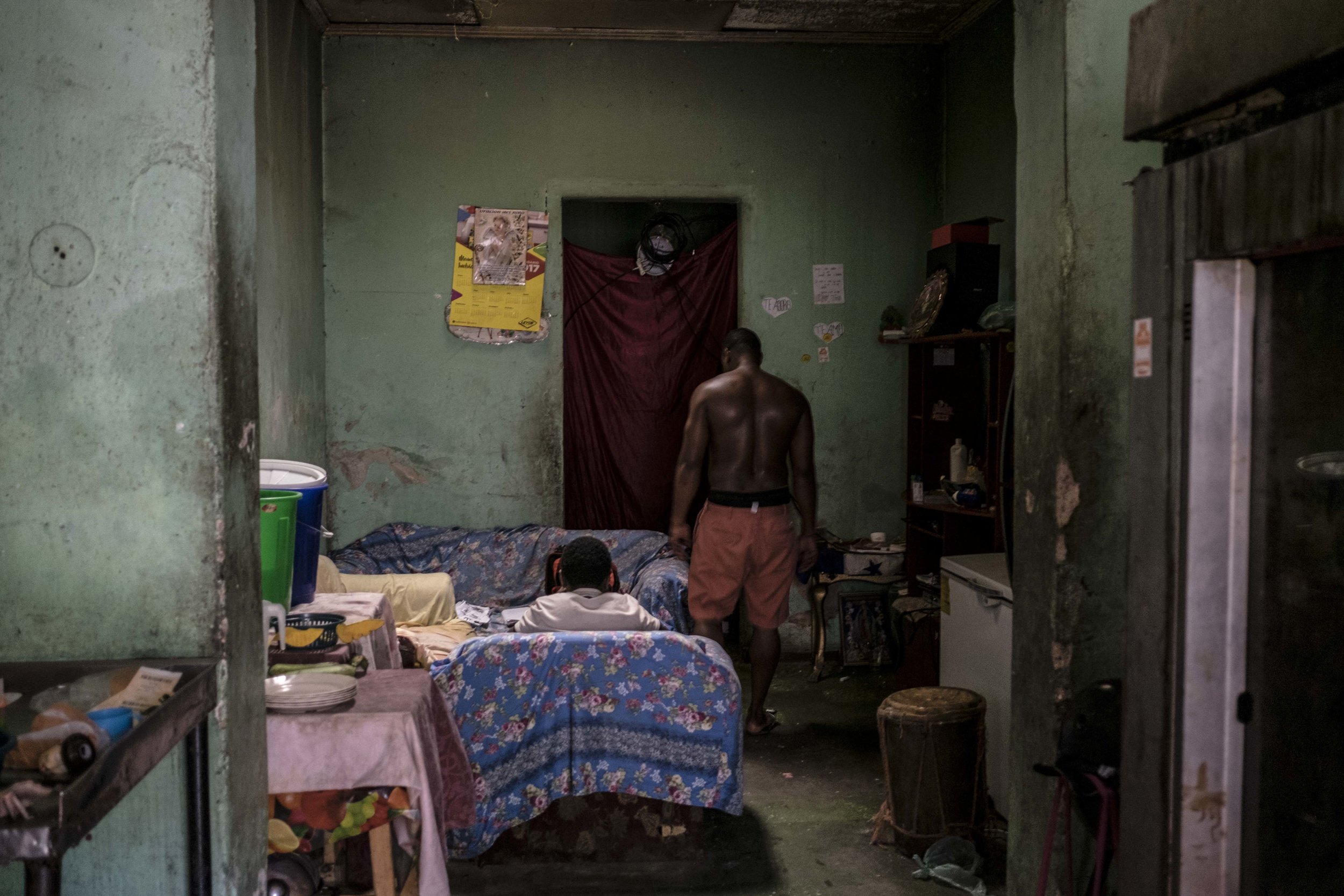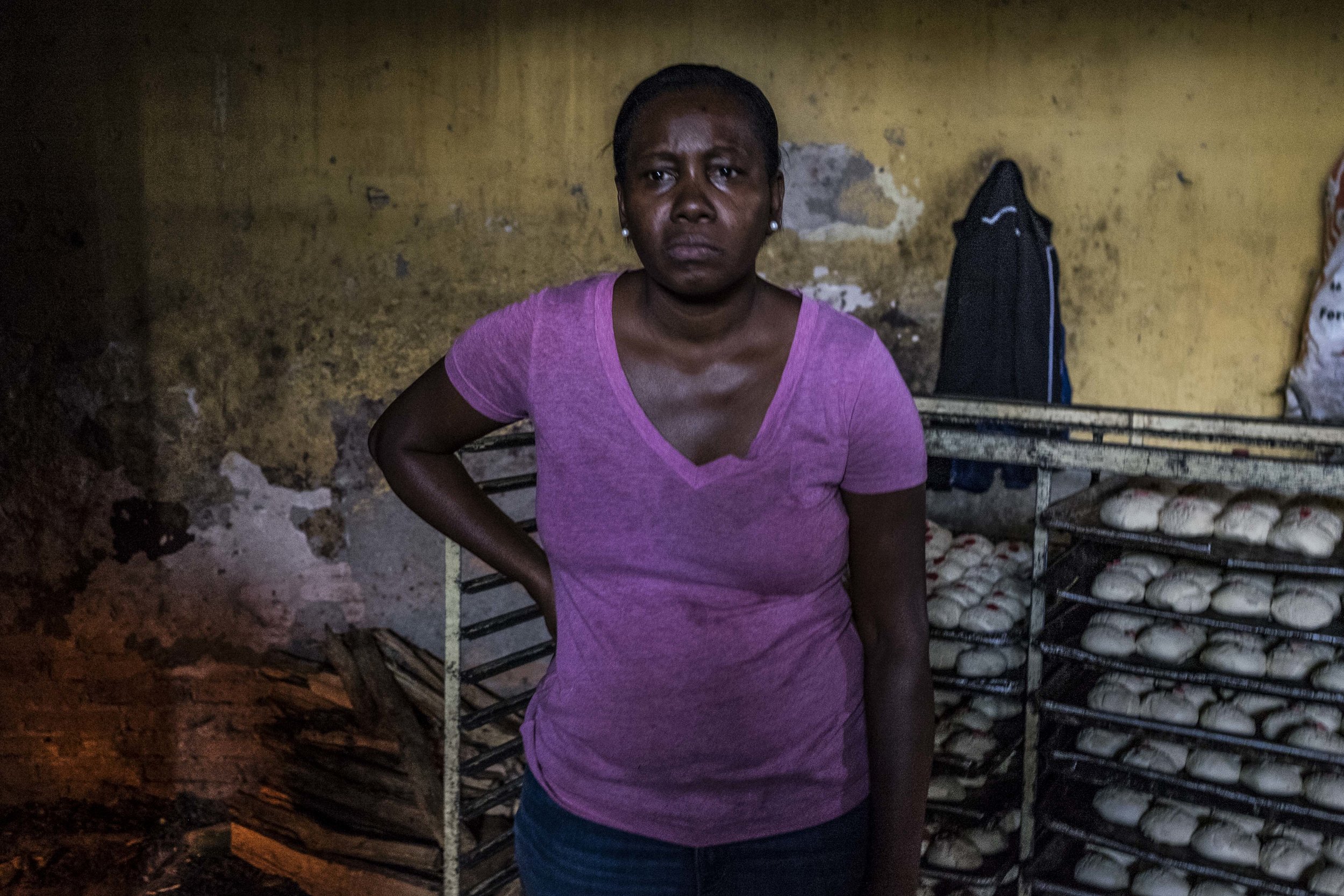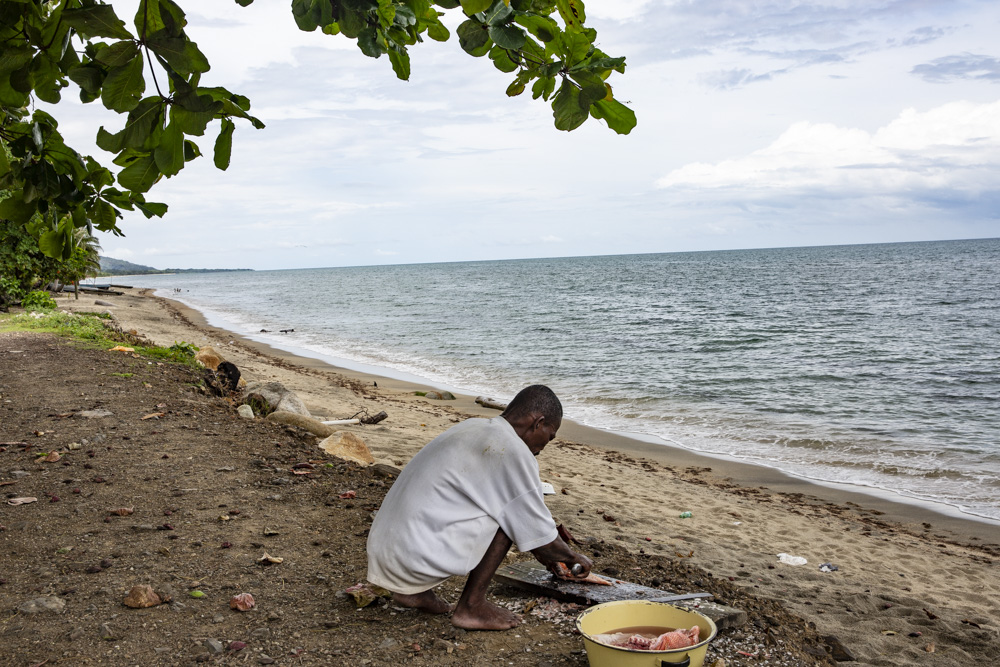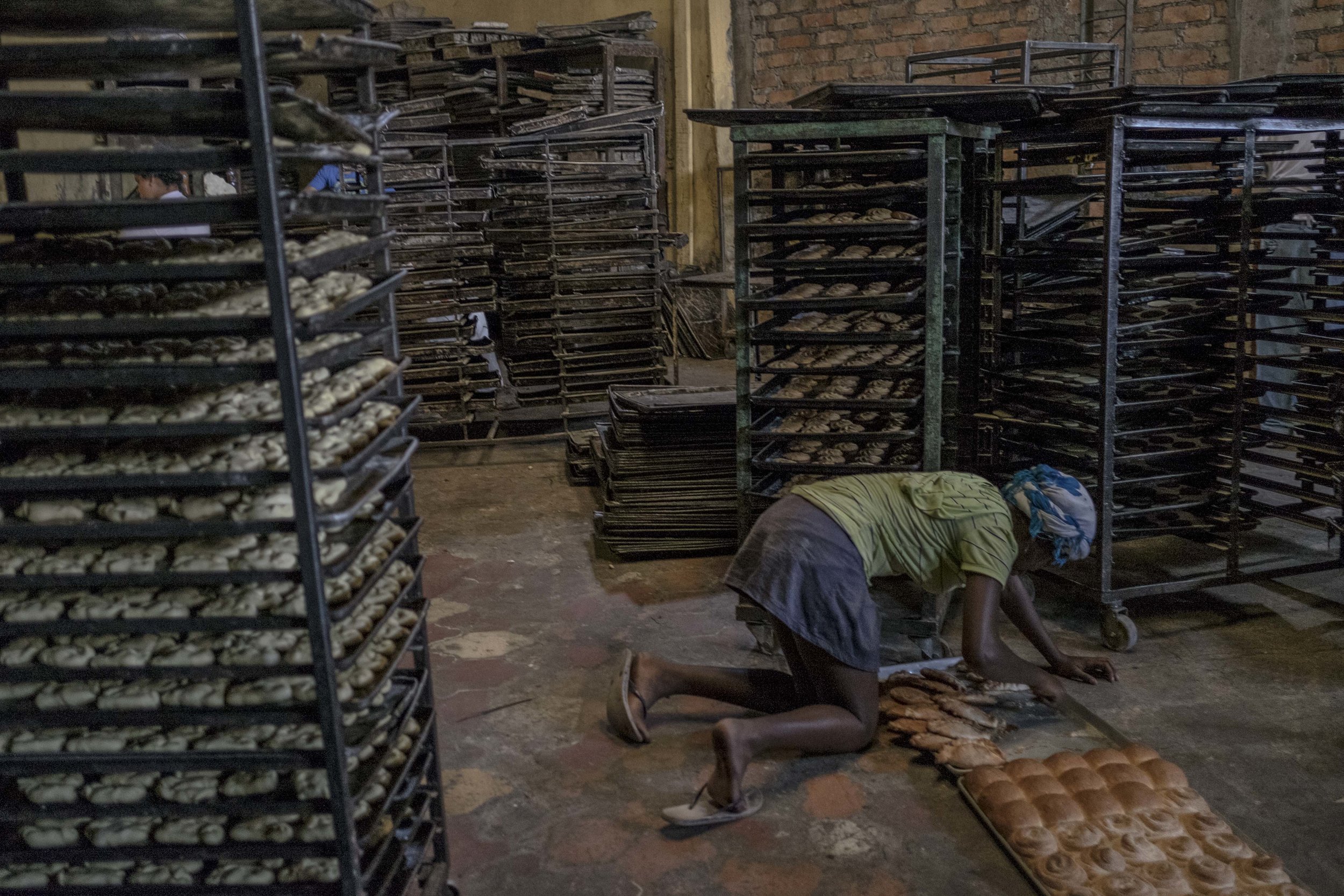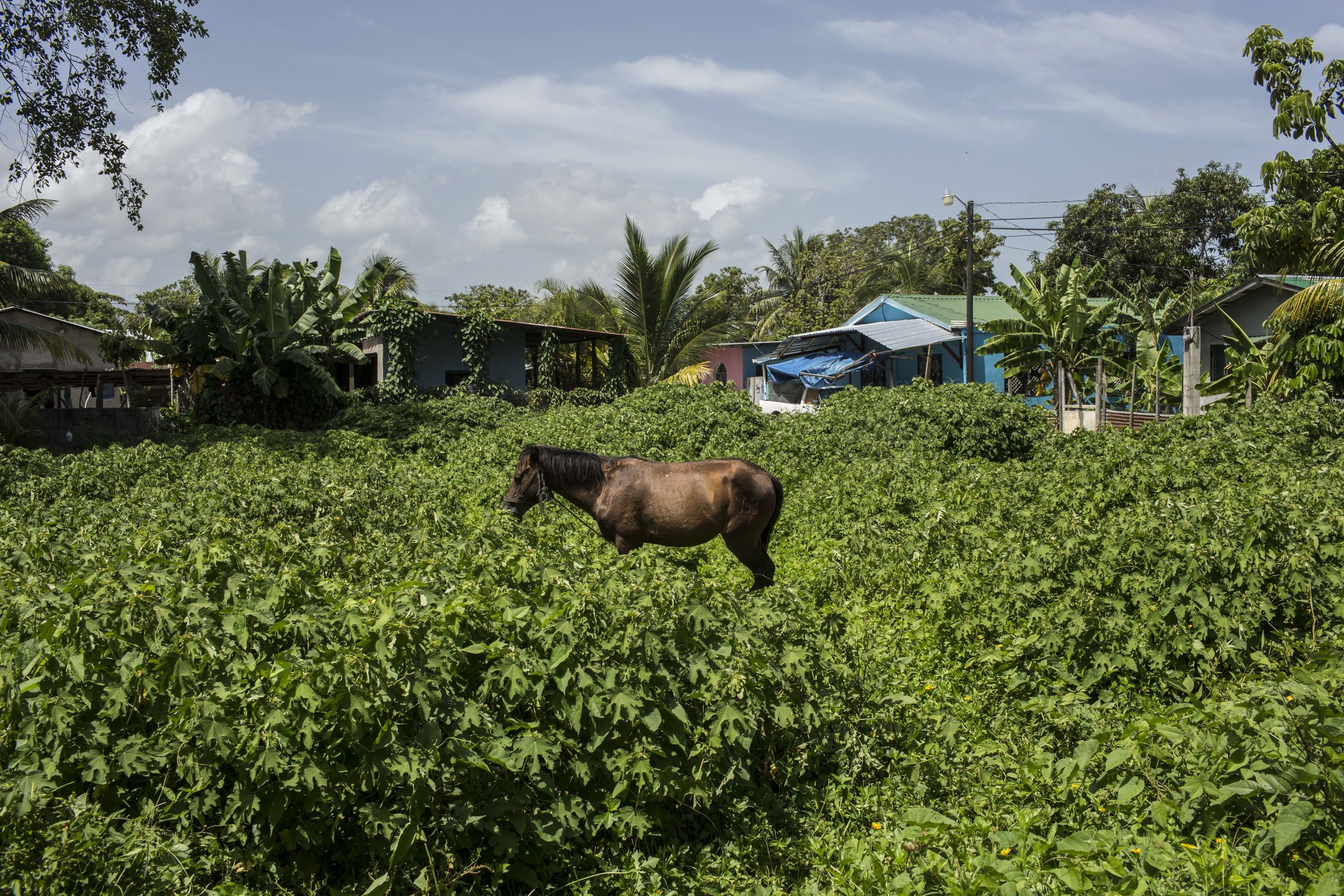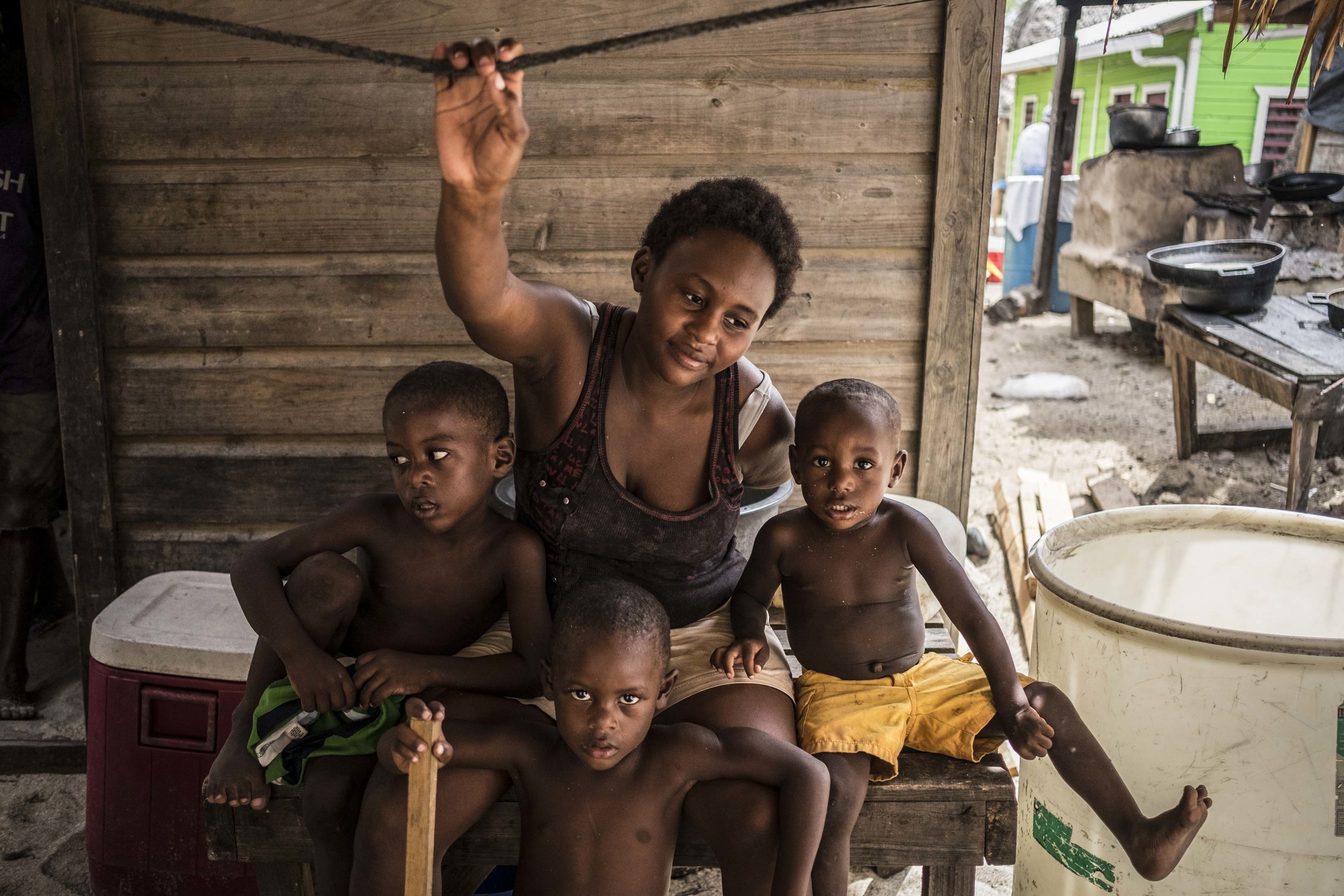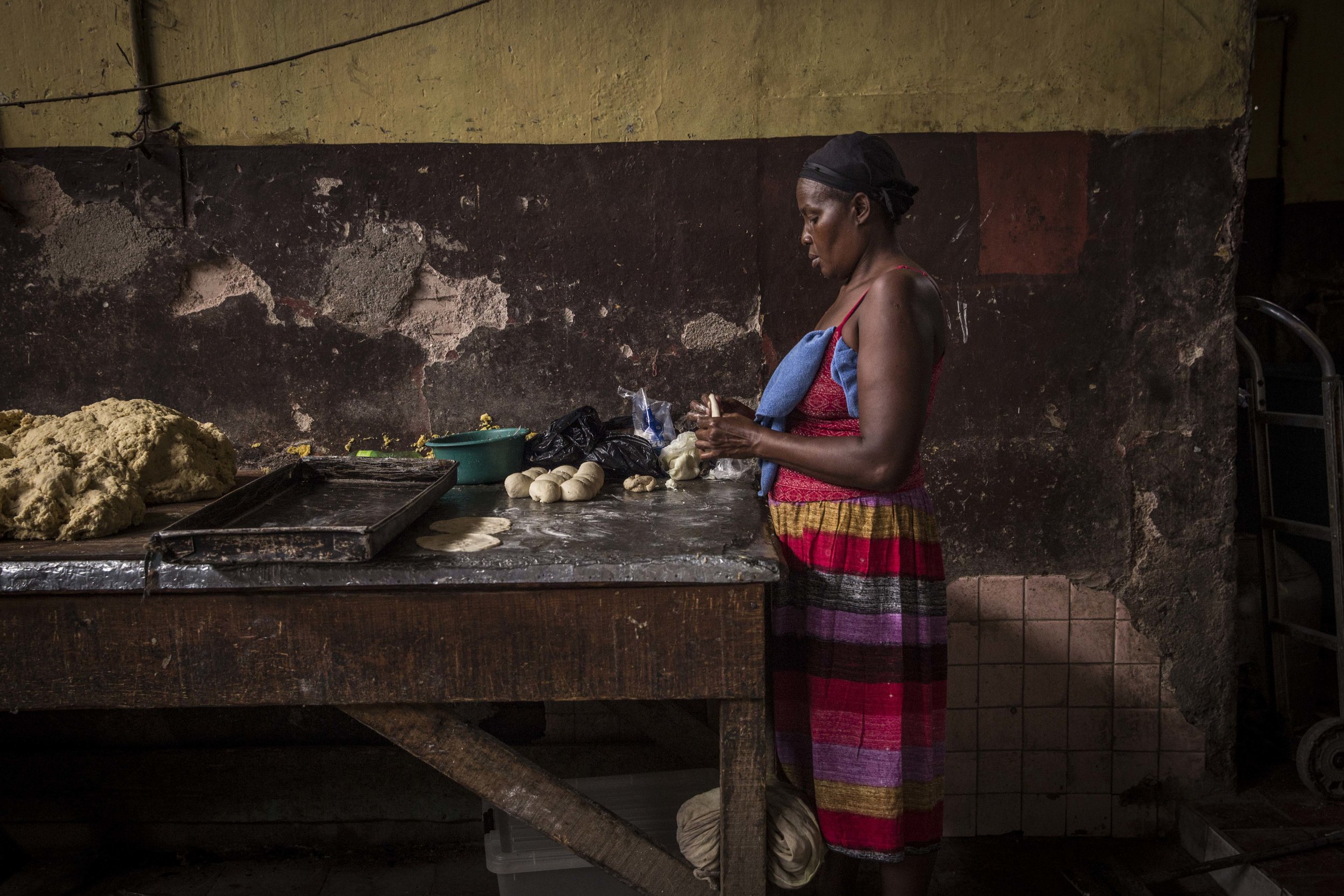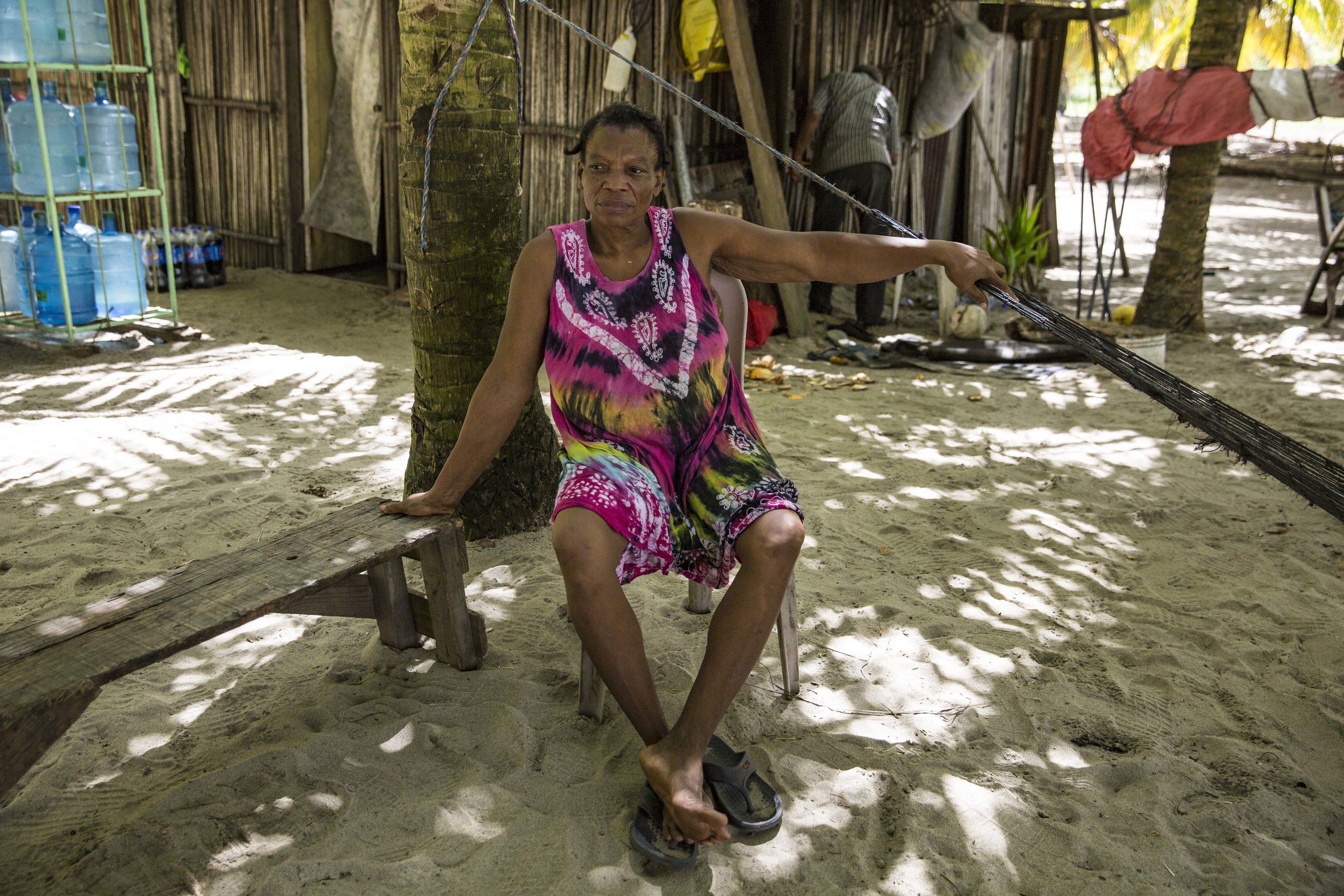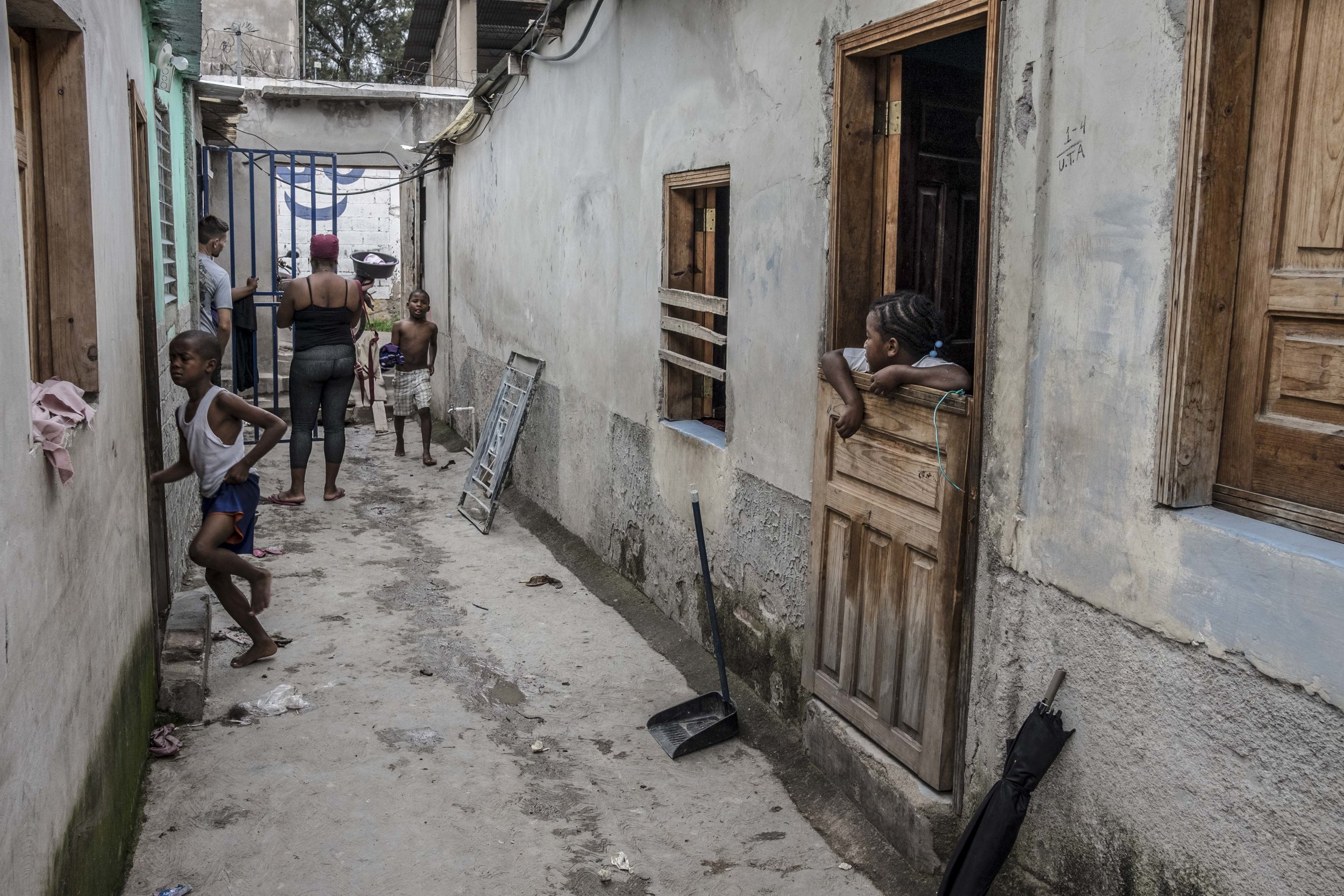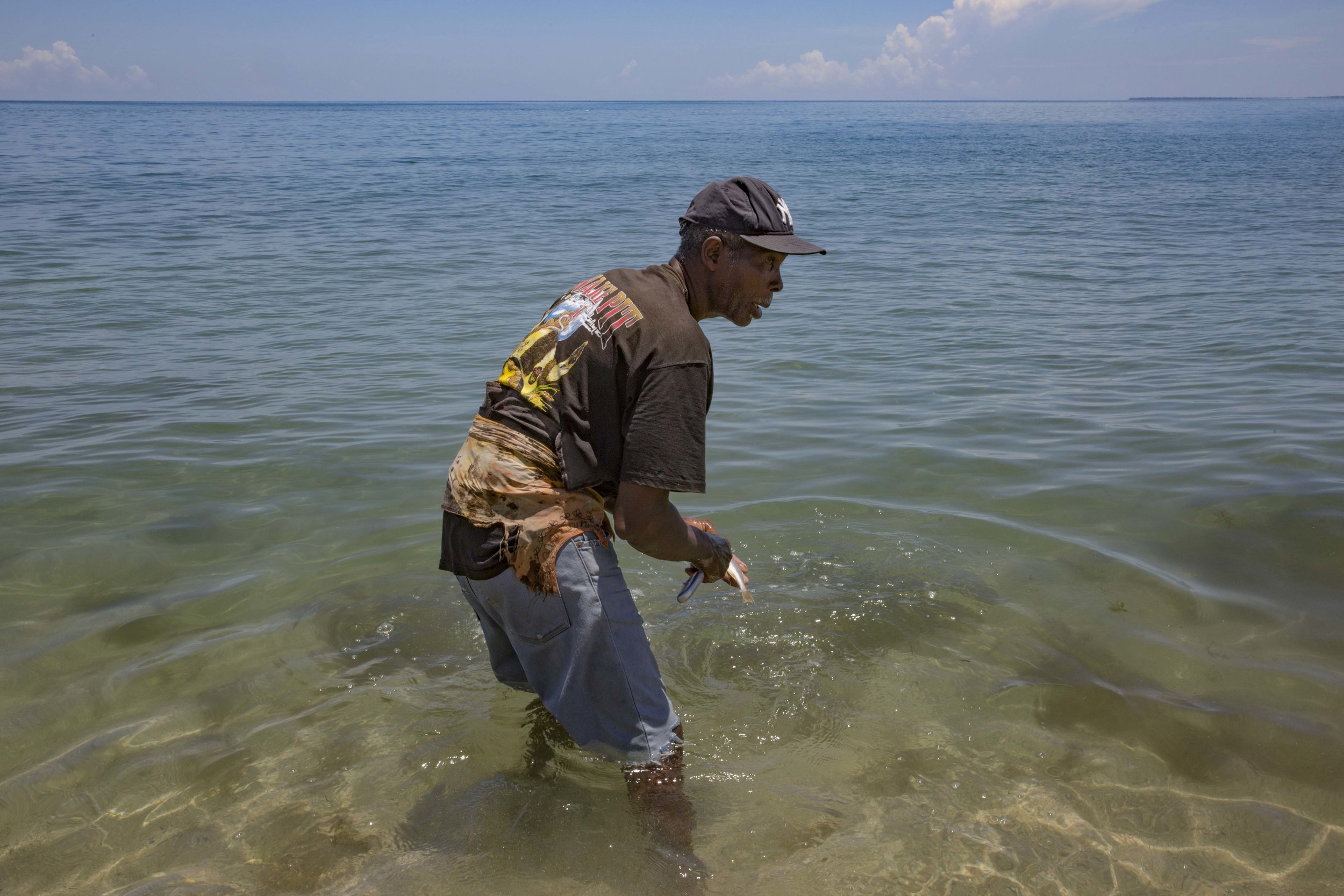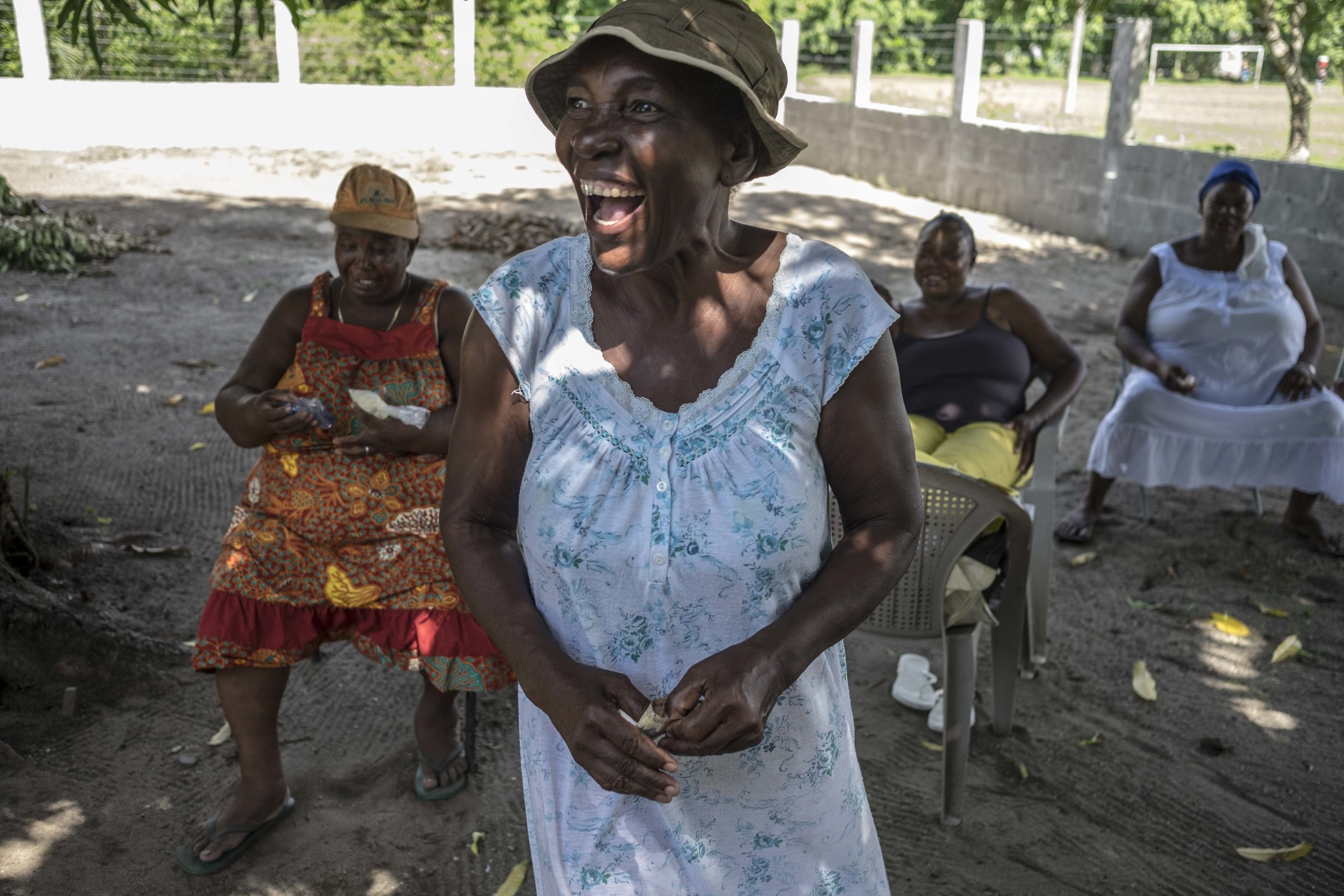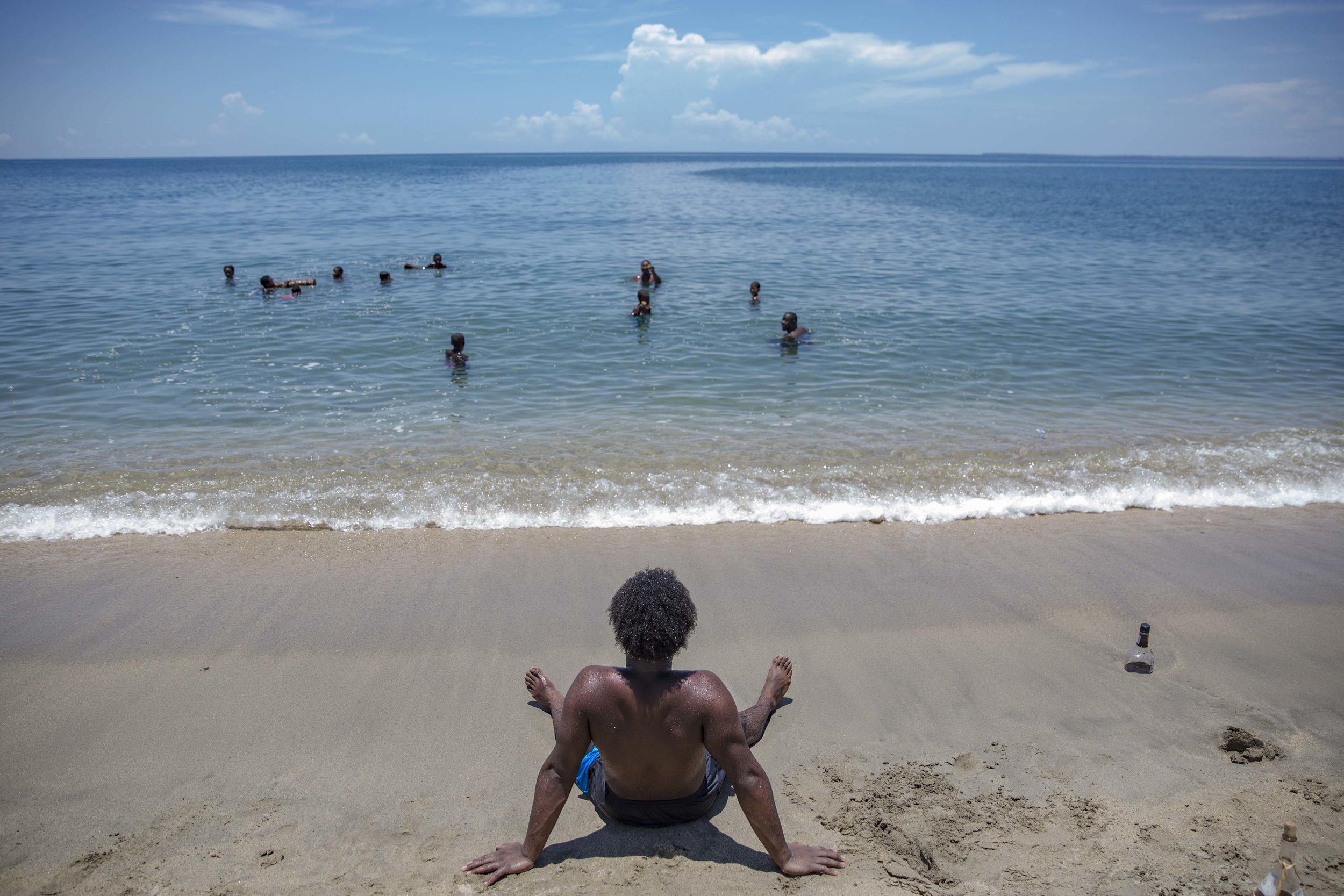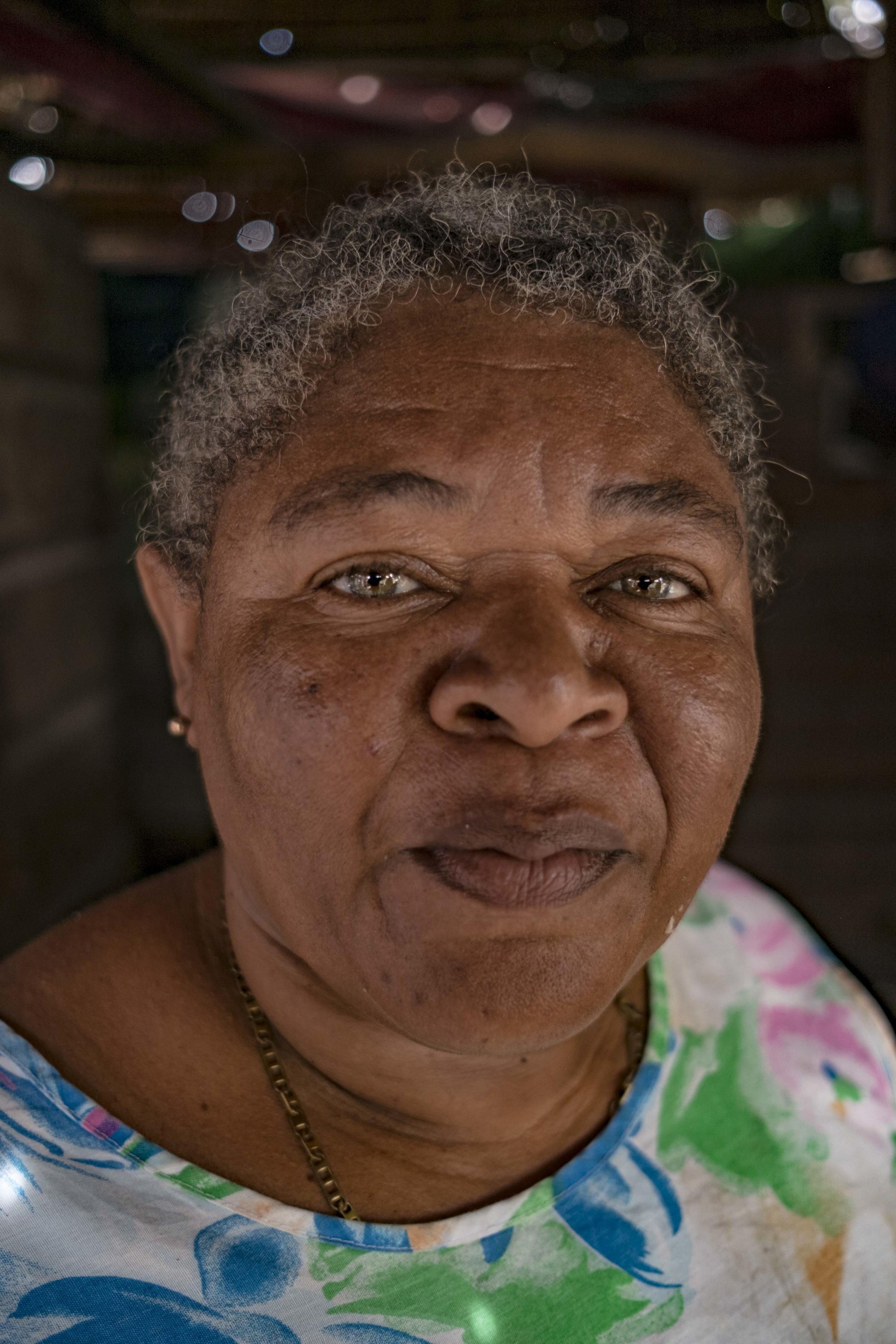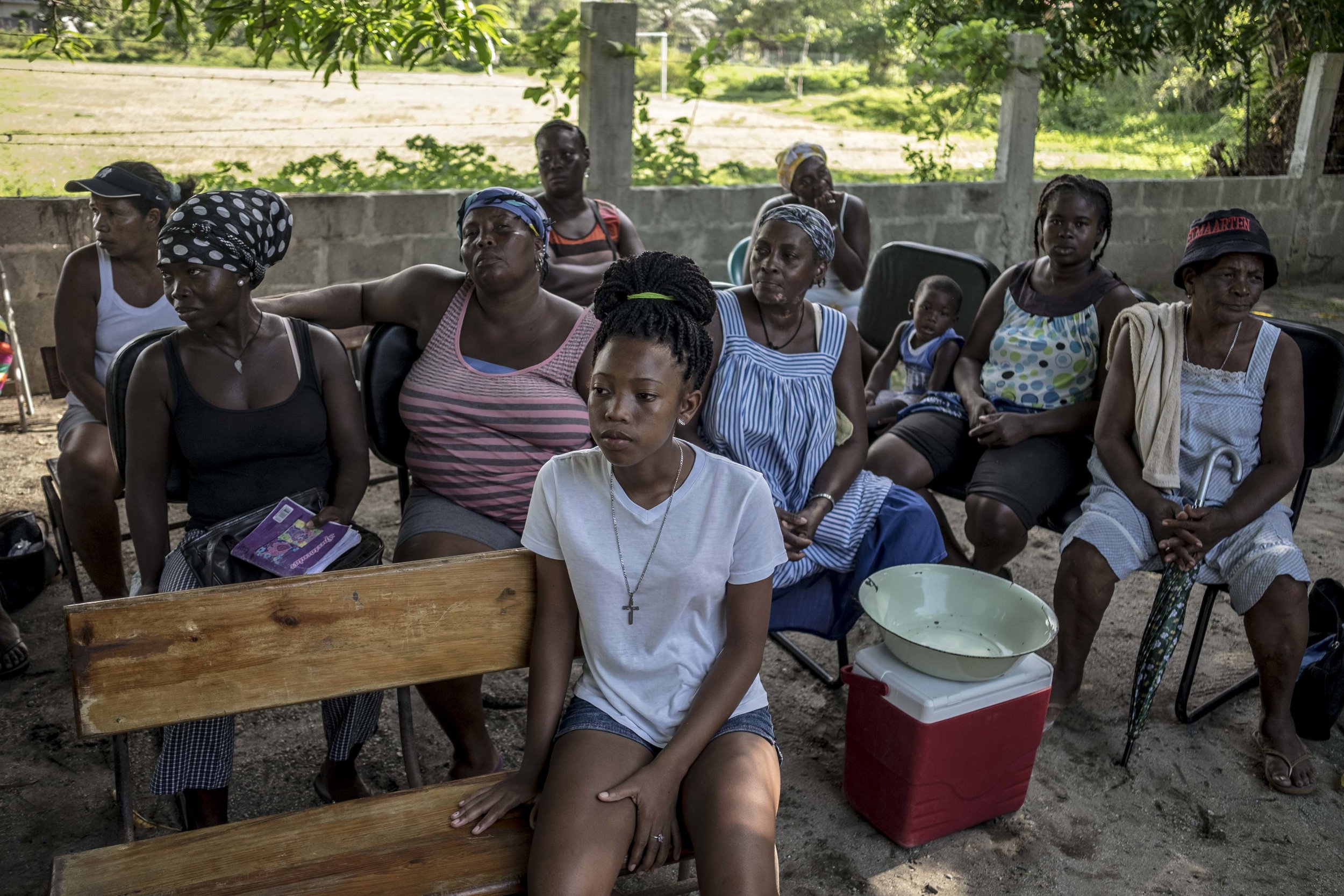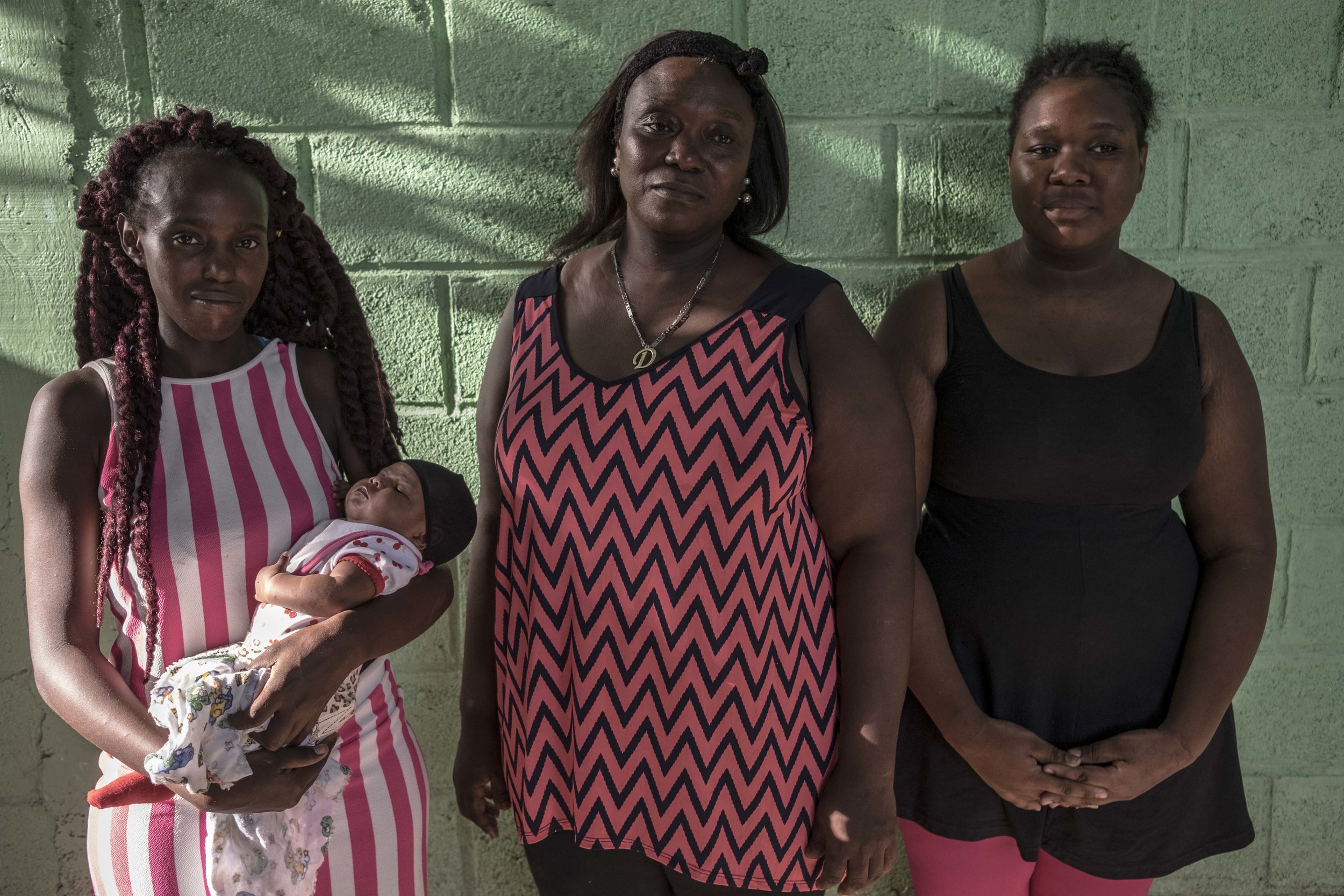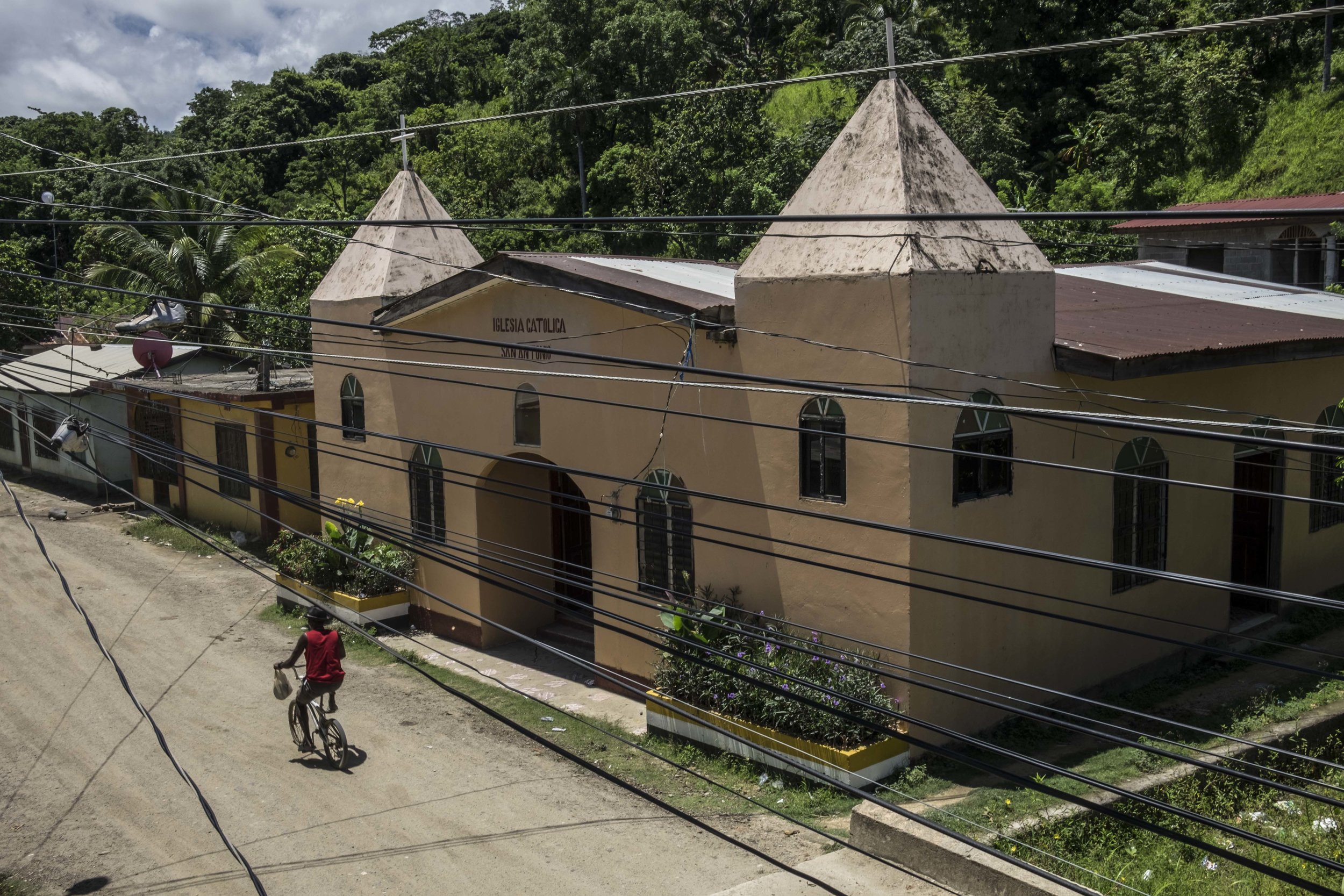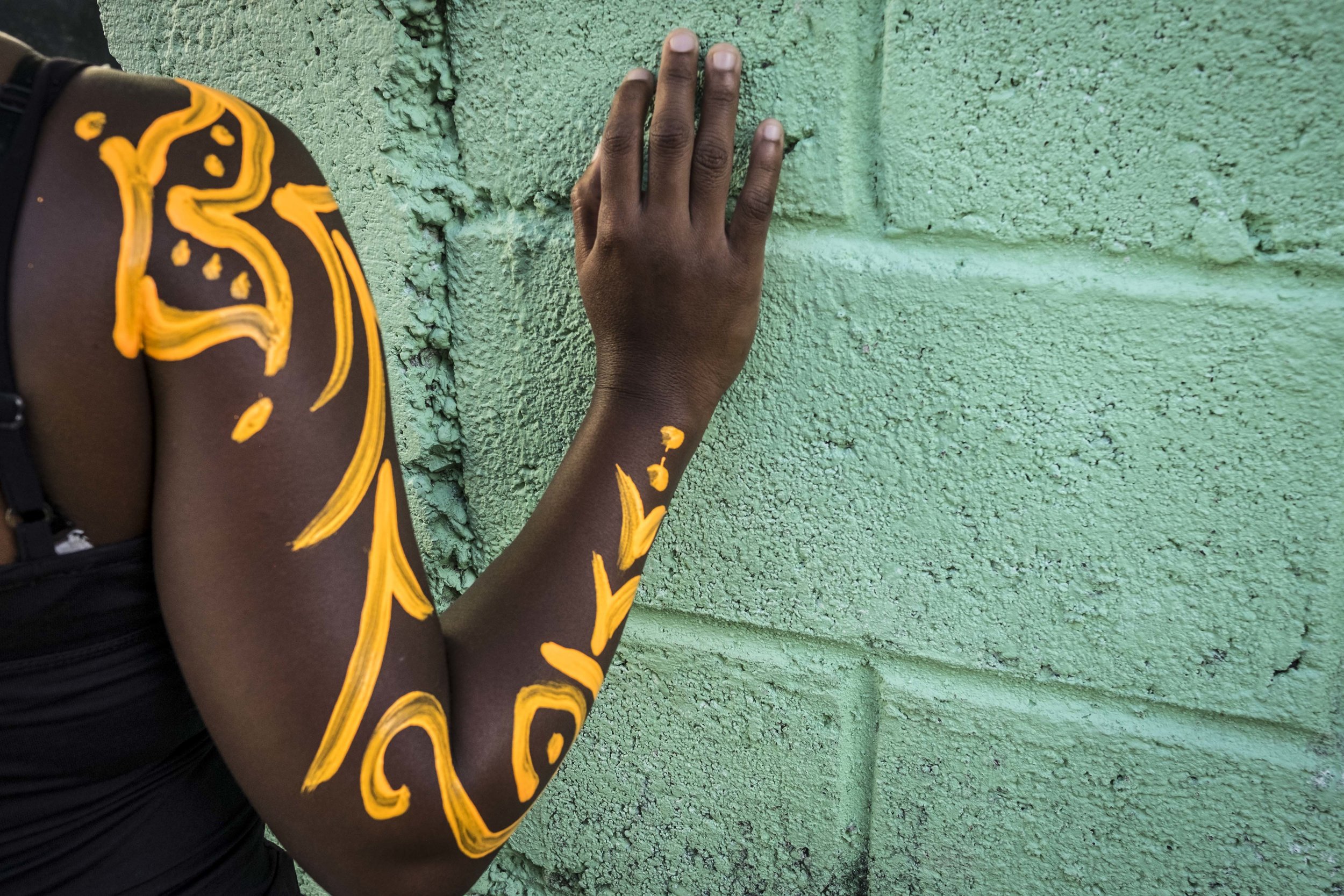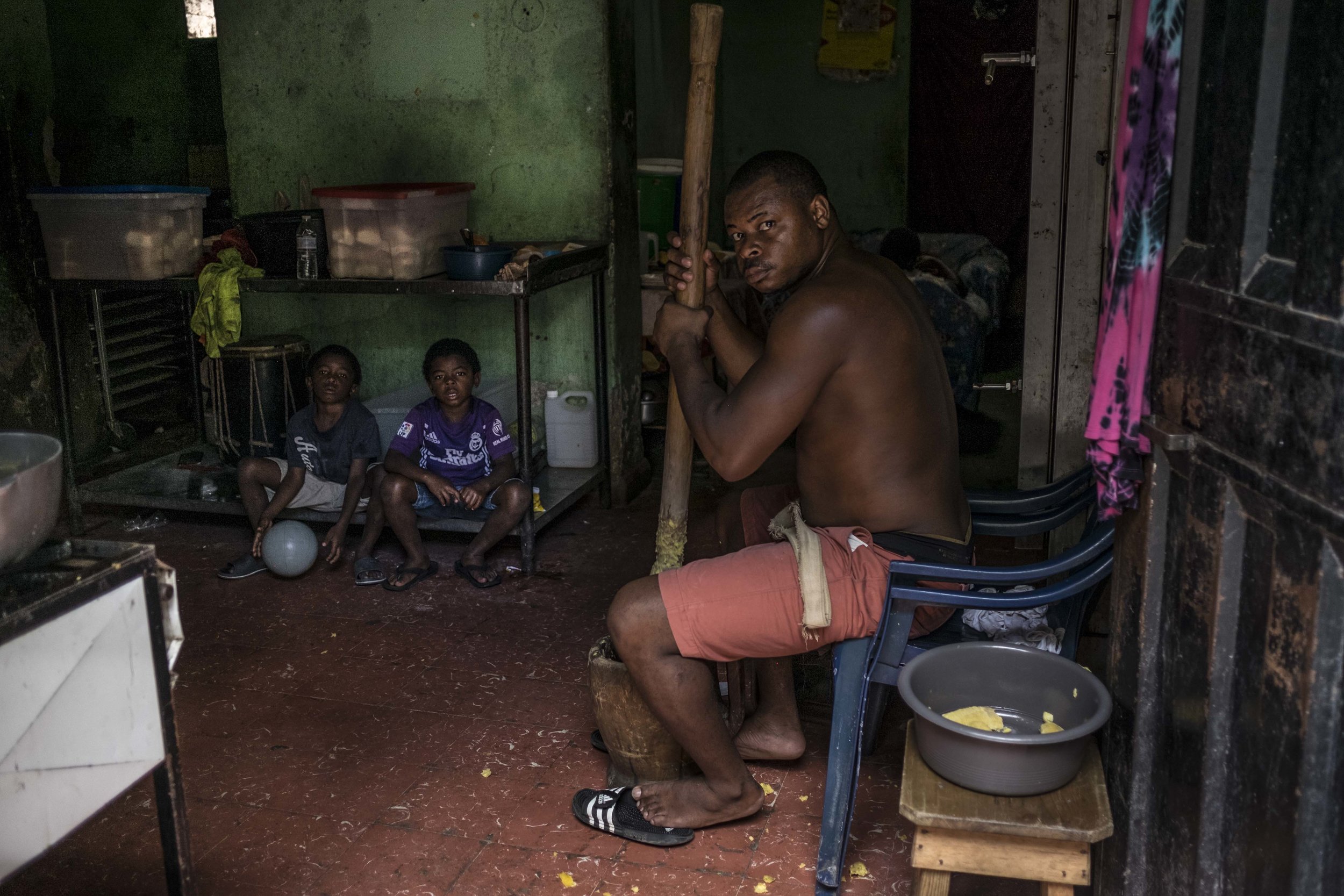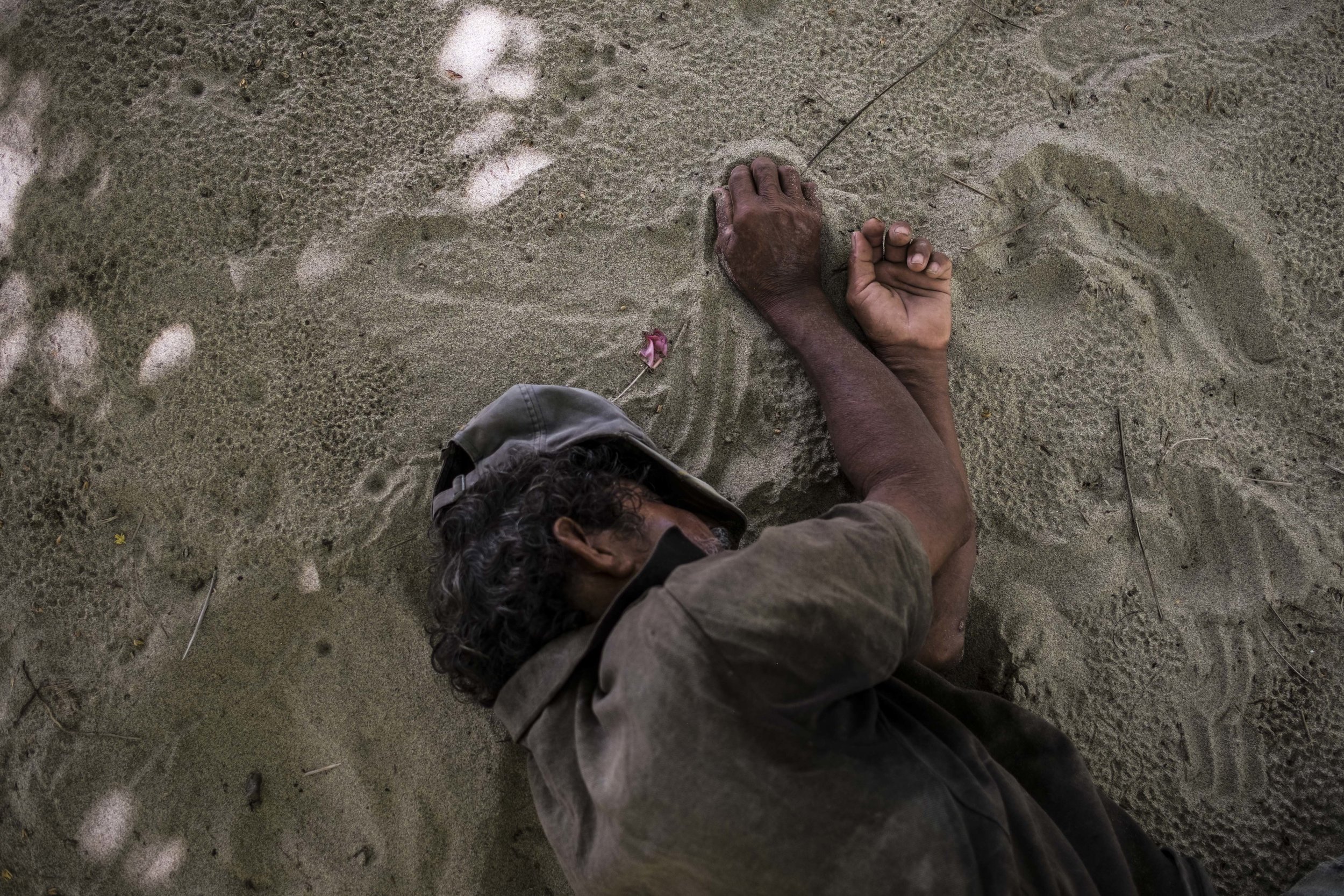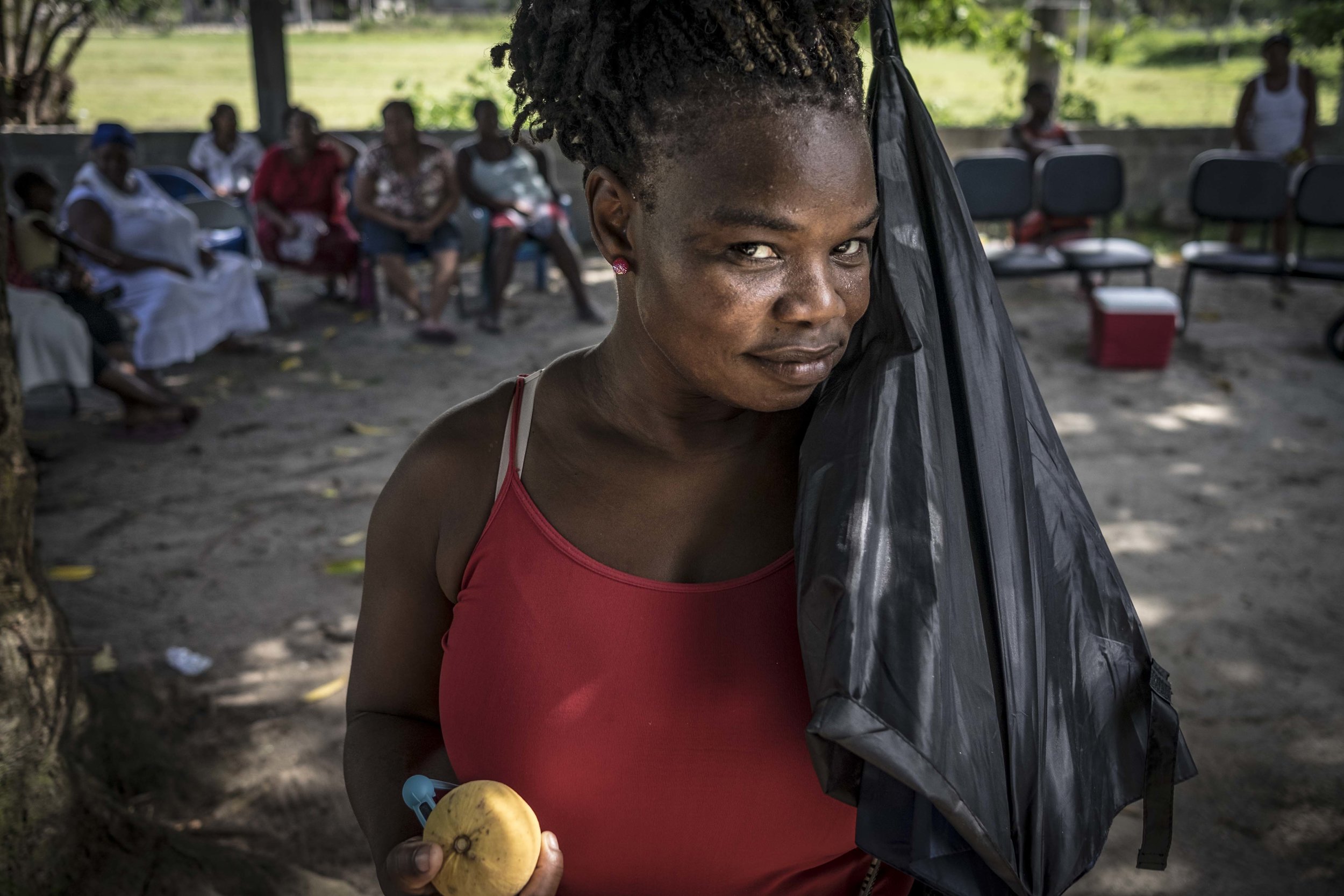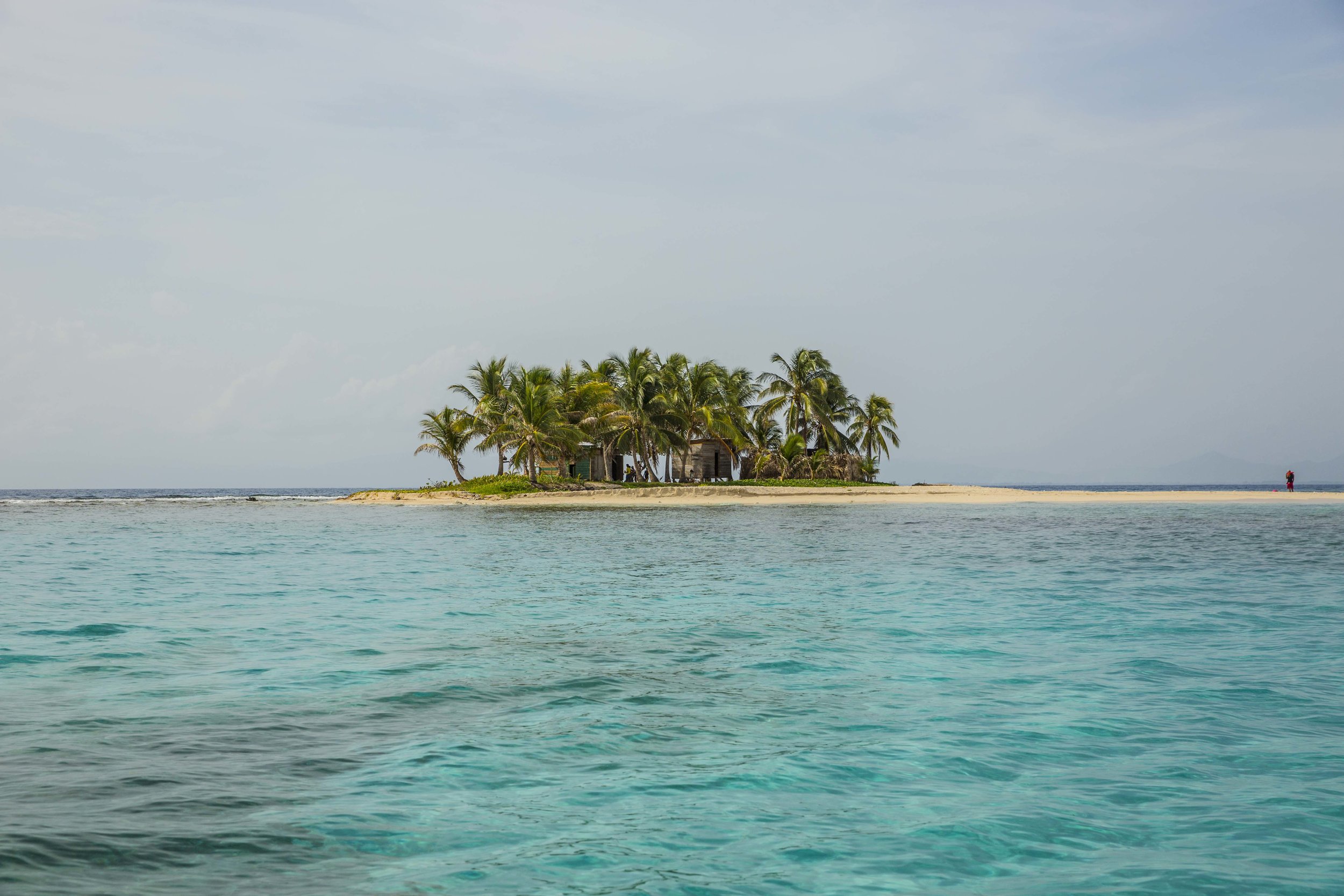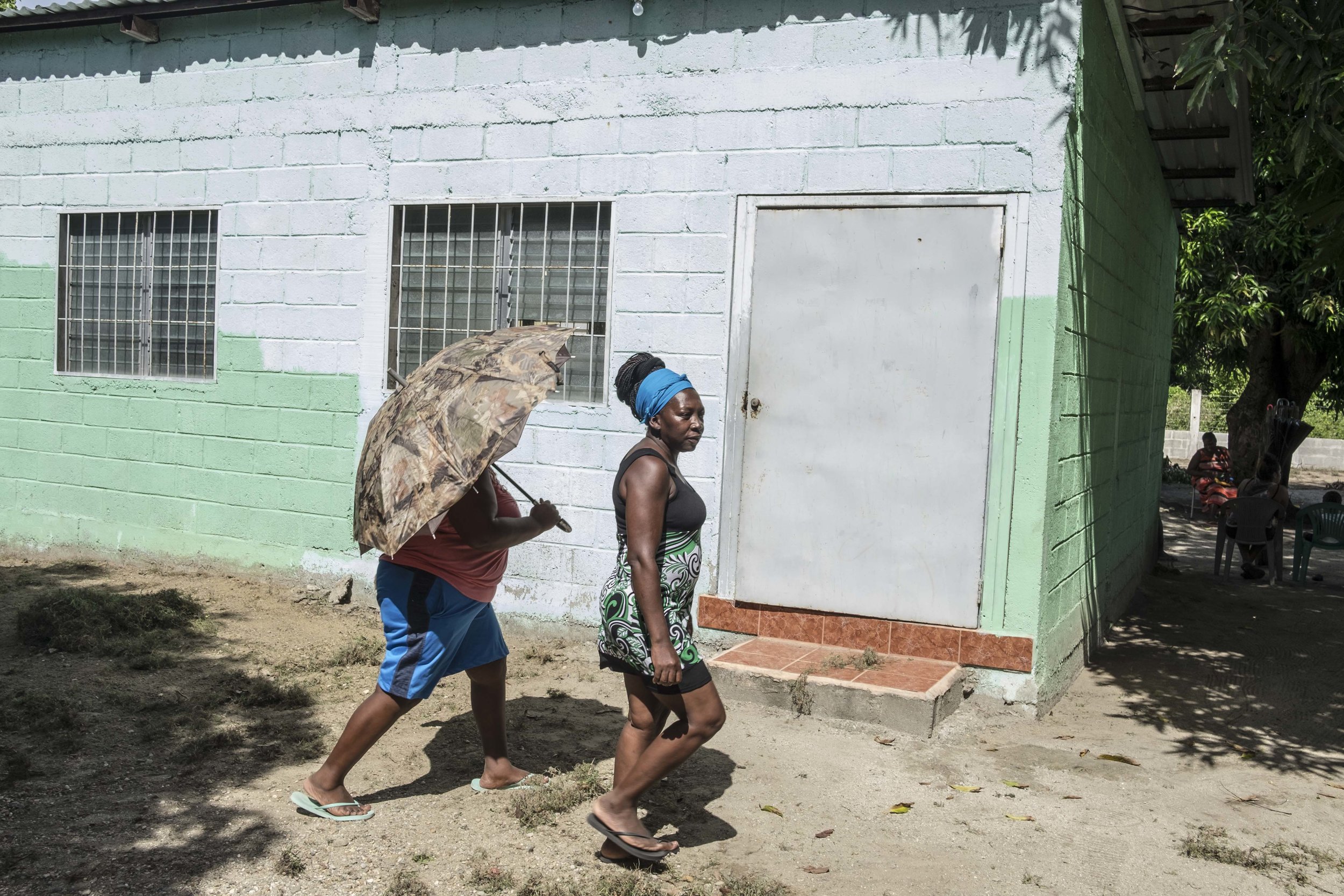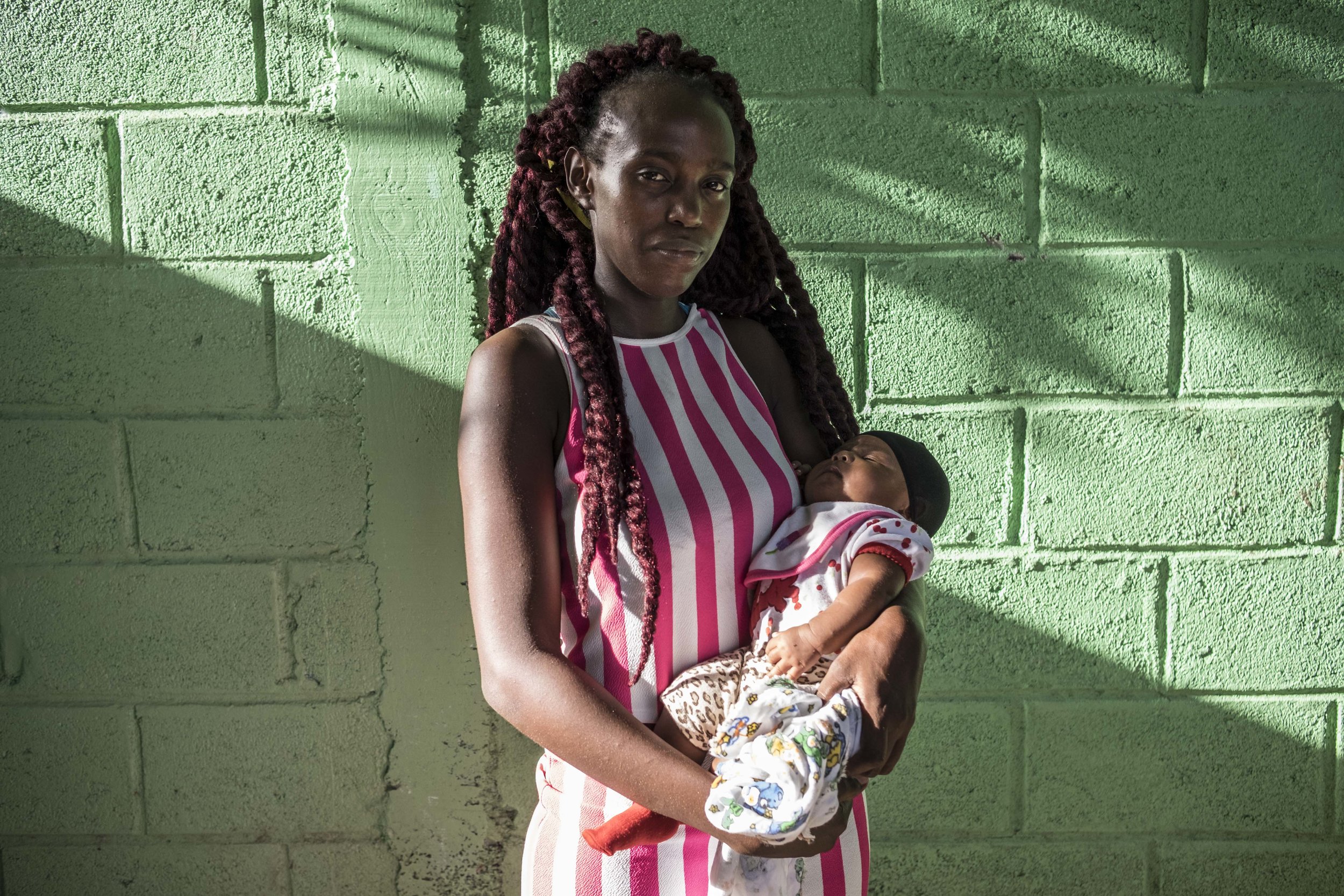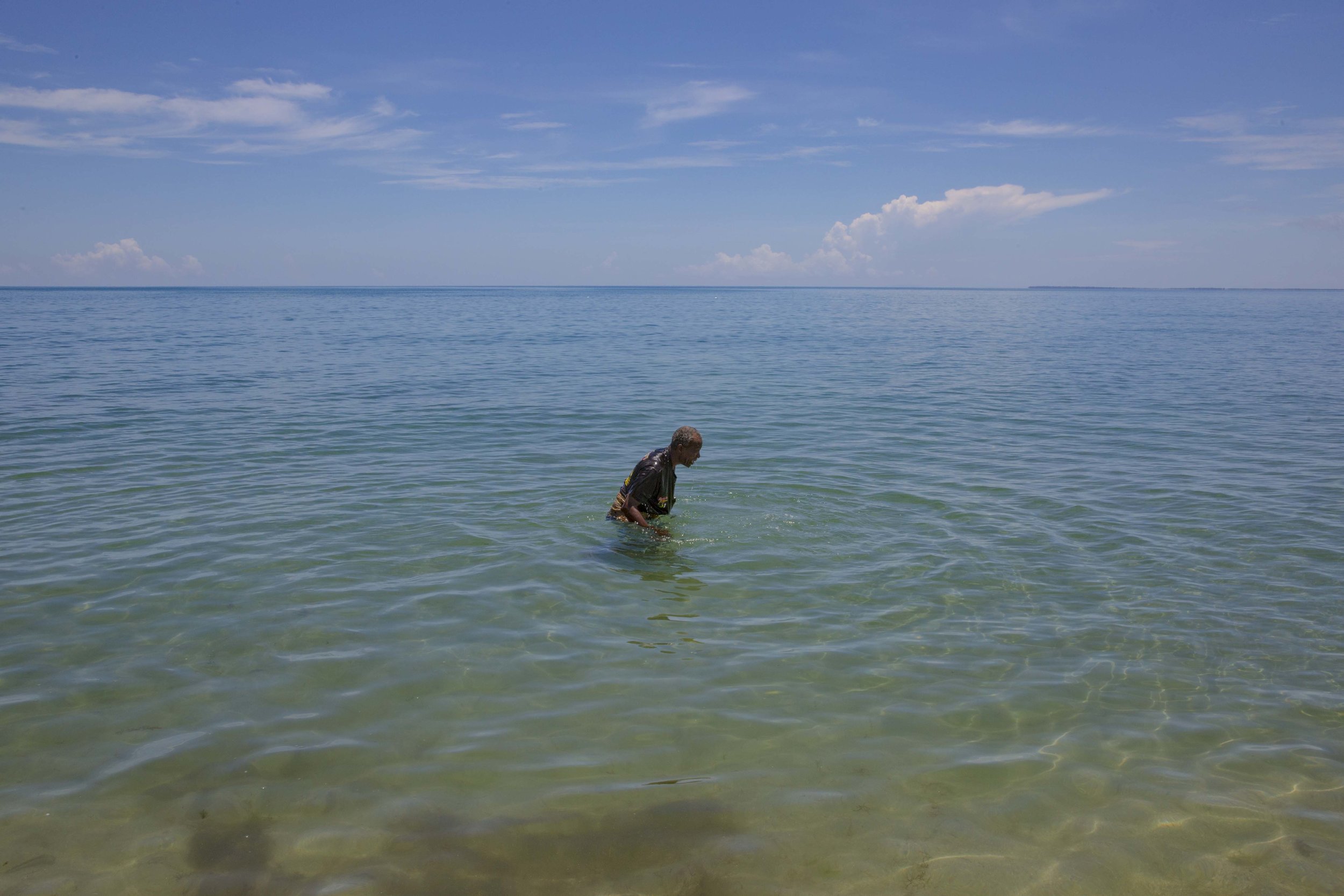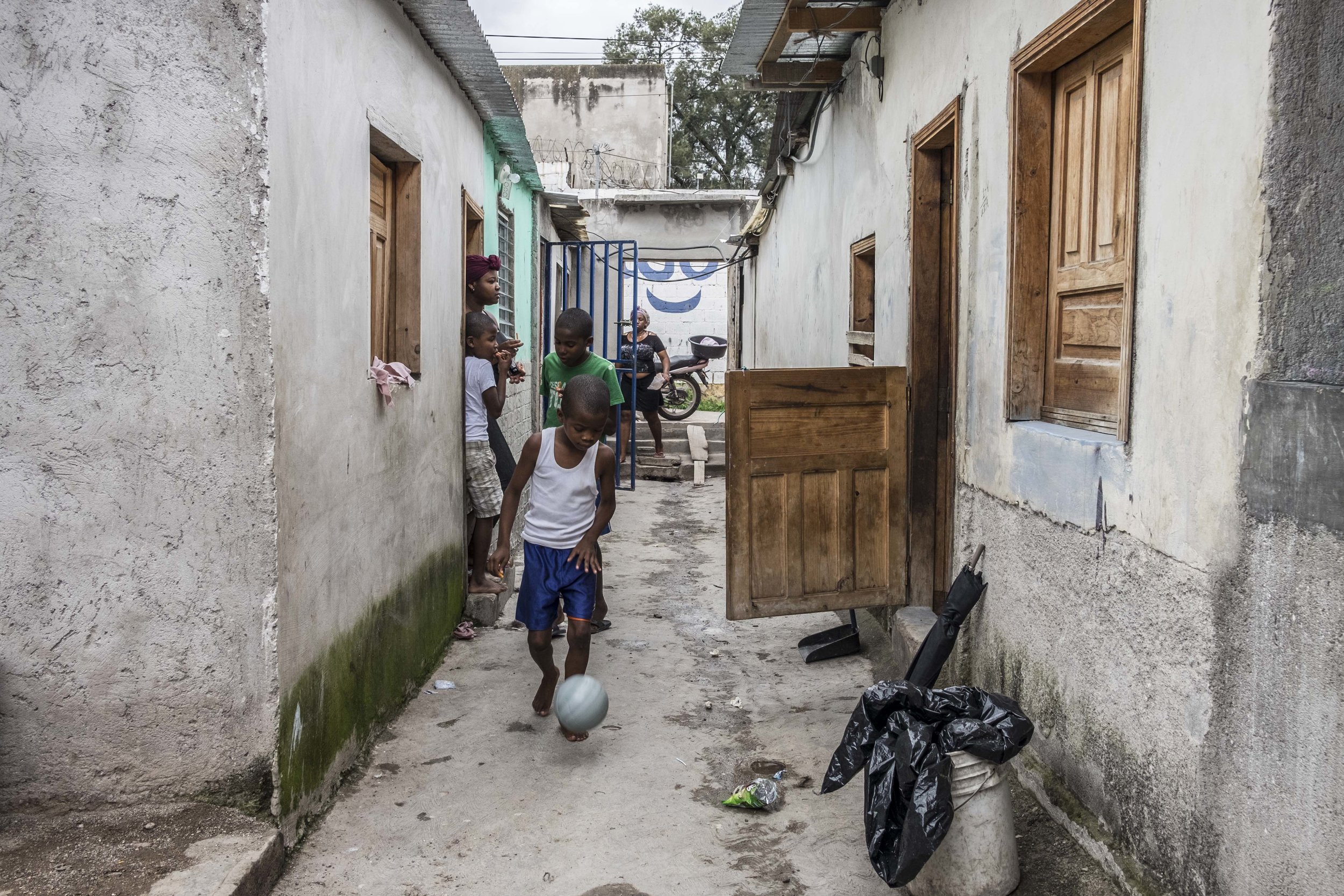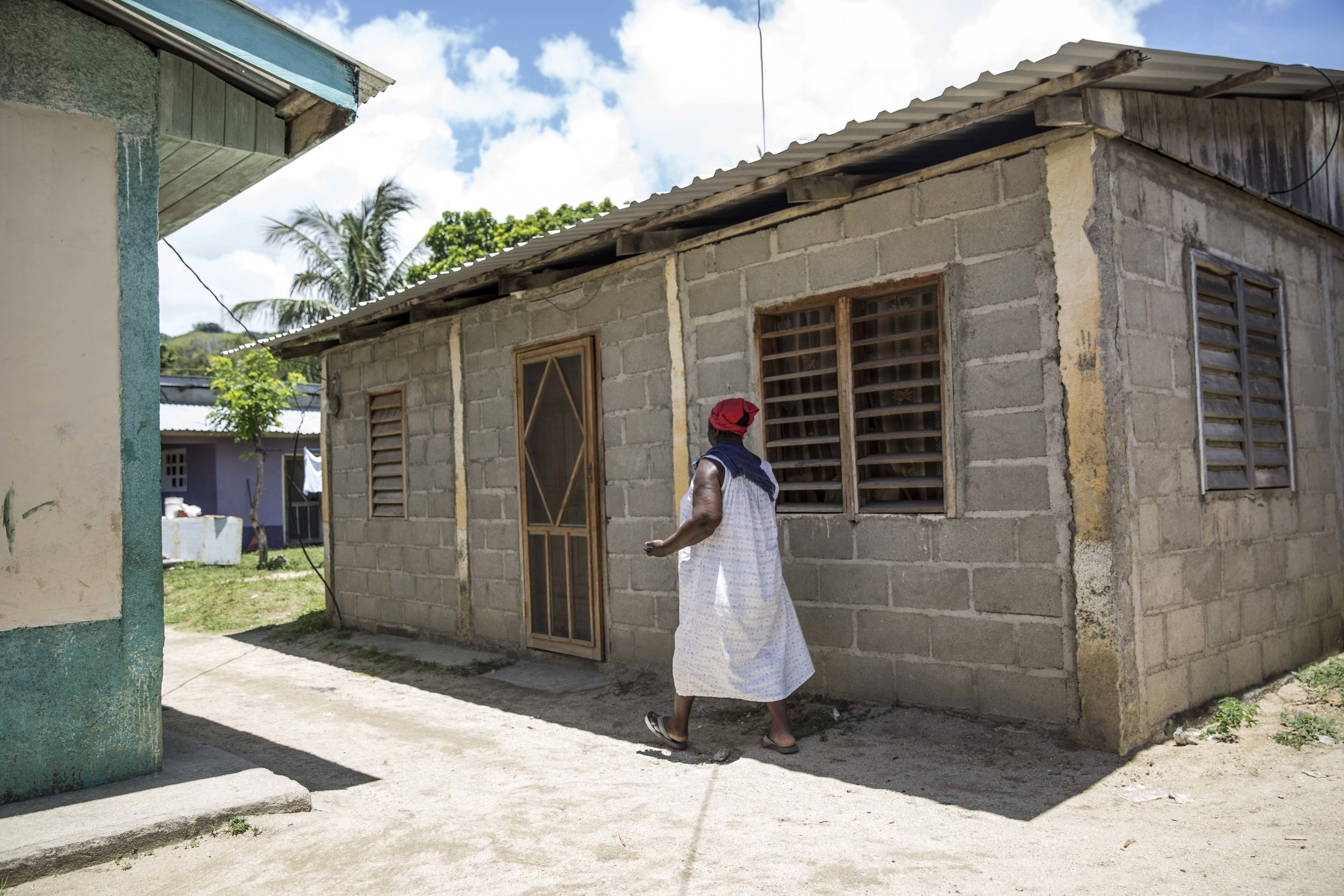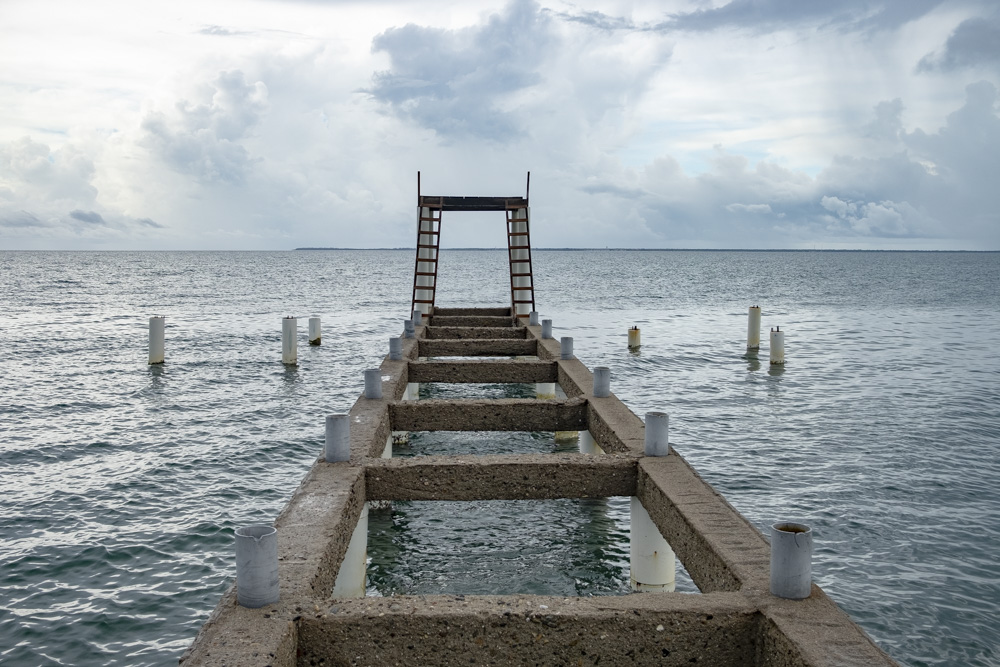GARIFUNAS IN HONDURAS
2017 - ongoing..
The Garifuna people are a unique cultural group with roots that intertwine African, Arawak, and Carib heritage. Originally from the Caribbean island of San Vincent, the Garifuna were exiled in 1797 by the British colonial administration following a series of slave revolts. Those identified as Black Caribs, who had a significant African lineage, were forcibly relocated to the Caribbean coast of Central America. Today, the Garifuna are predominantly found in Honduras, with smaller communities in Belize, Guatemala, and Nicaragua.
In Honduras, the Garifuna represent the second-largest indigenous group, numbering approximately 98,000 individuals. They are distributed across 43 towns and villages along the Atlantic coast and in the Bay Islands Department. The Garifuna have maintained a vibrant culture that is deeply connected to the sea, with fishing being a primary livelihood and a central aspect of their tradition. Their rich cultural tapestry includes unique language, music, dance, and culinary practices that reflect their diverse ancestry.
This photo project seeks to capture the essence of the Garifuna community, both in their coastal villages and in the urban environments of mainland Honduras. It aims to document the challenges they face due to environmental changes and a lack of employment opportunities that have forced many to migrate to larger cities. Through these images, the project highlights the resilience and cultural pride of the Garifuna, as they navigate the pressures of modern life while striving to preserve their heritage.
